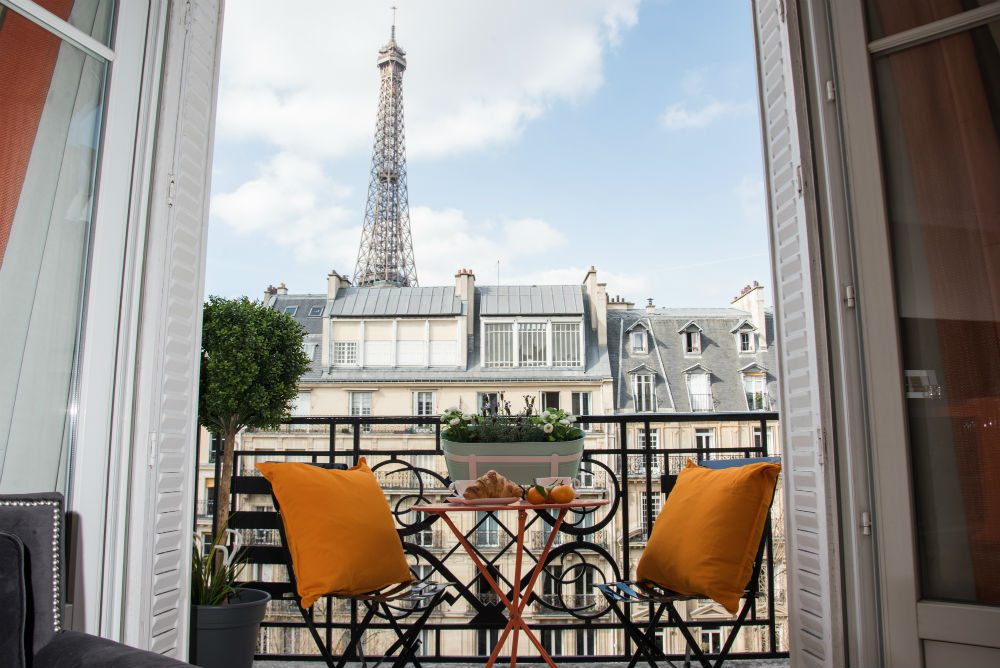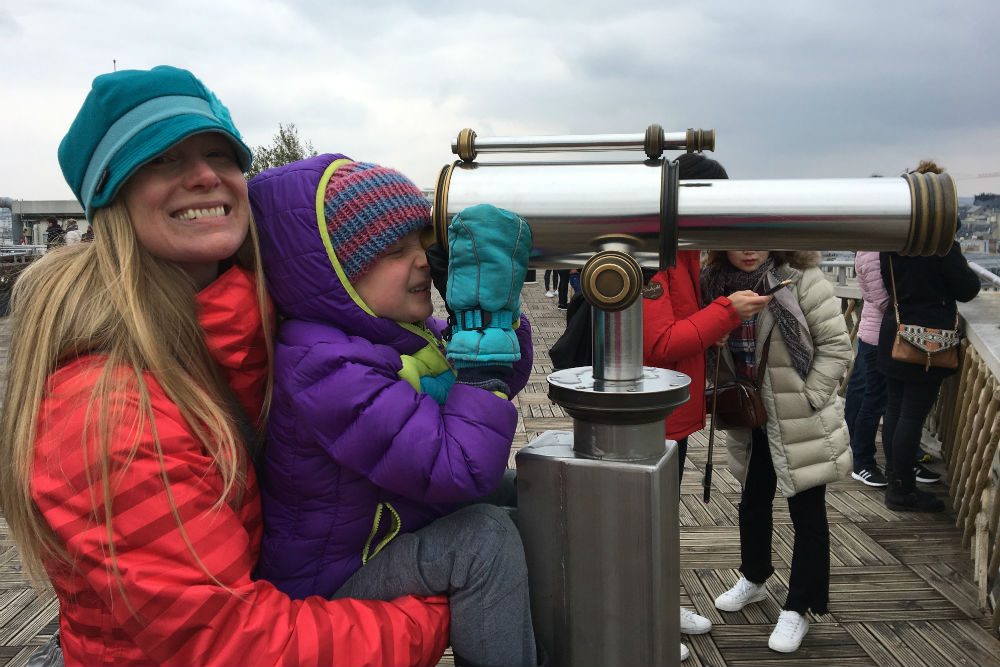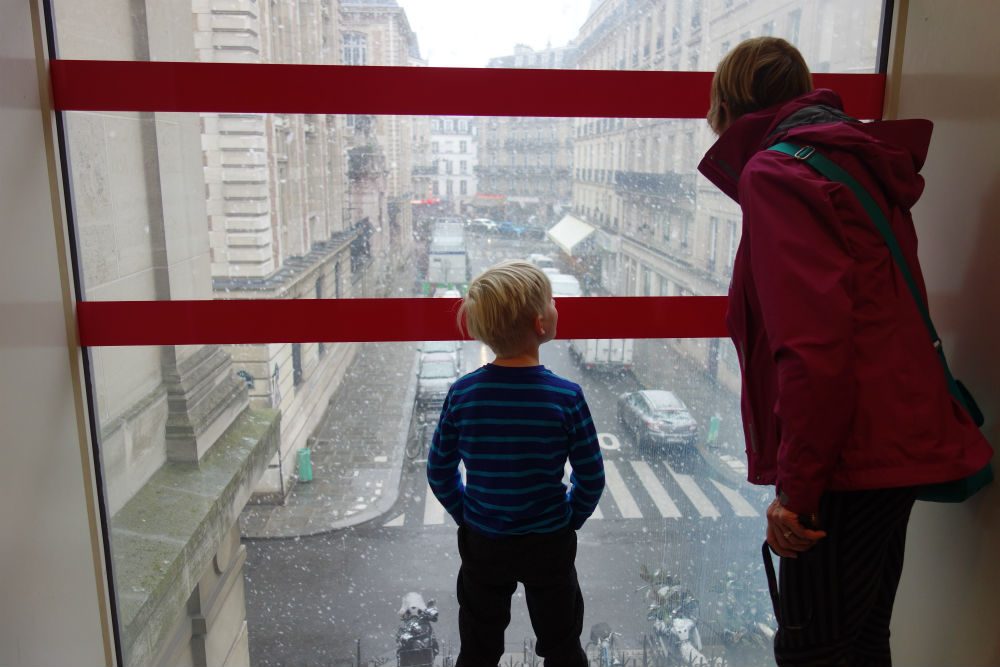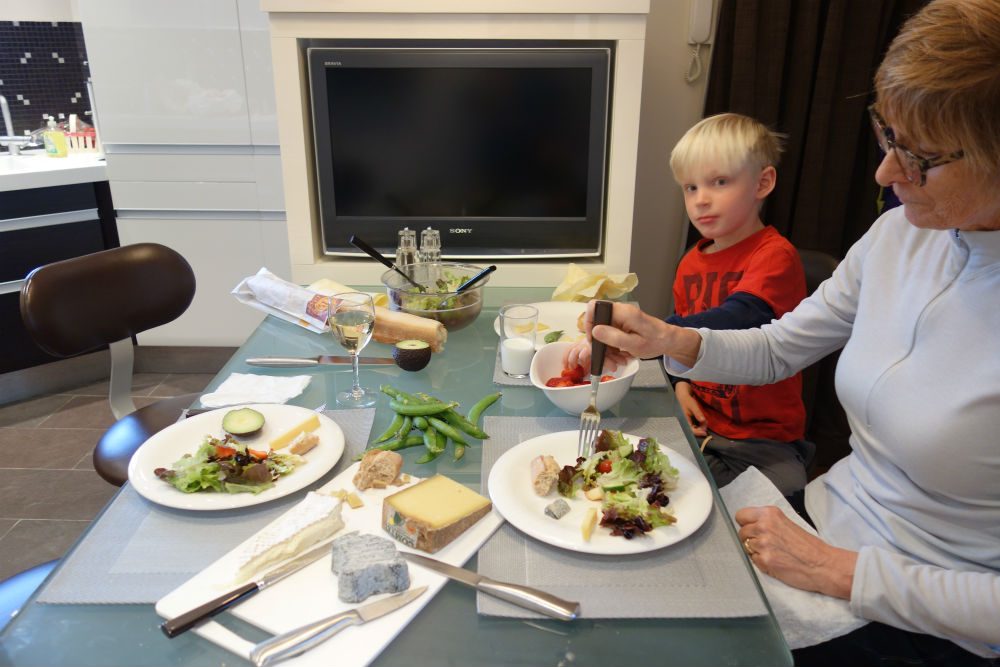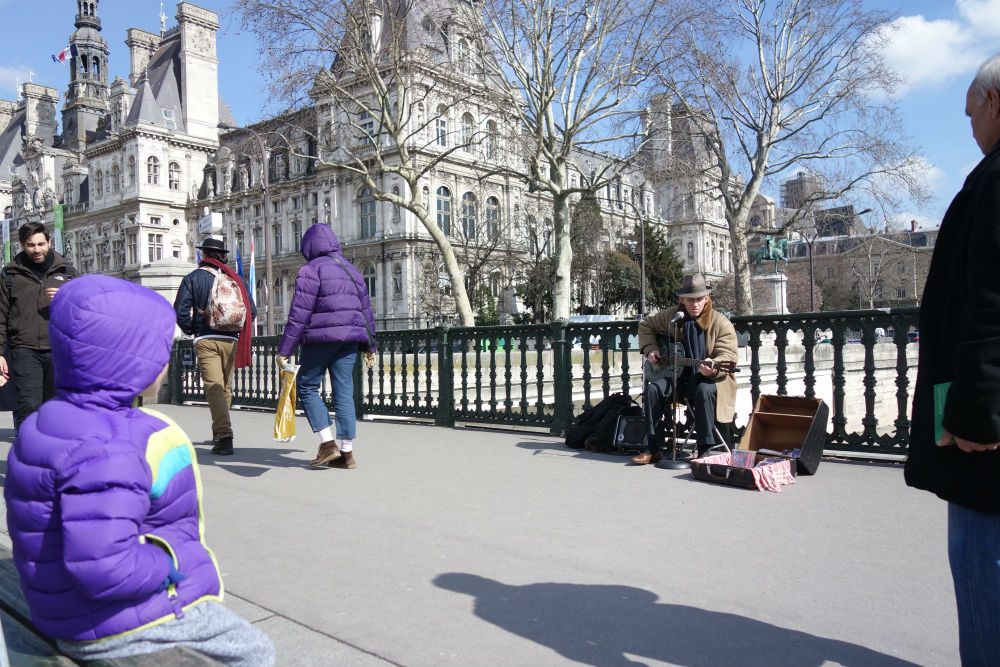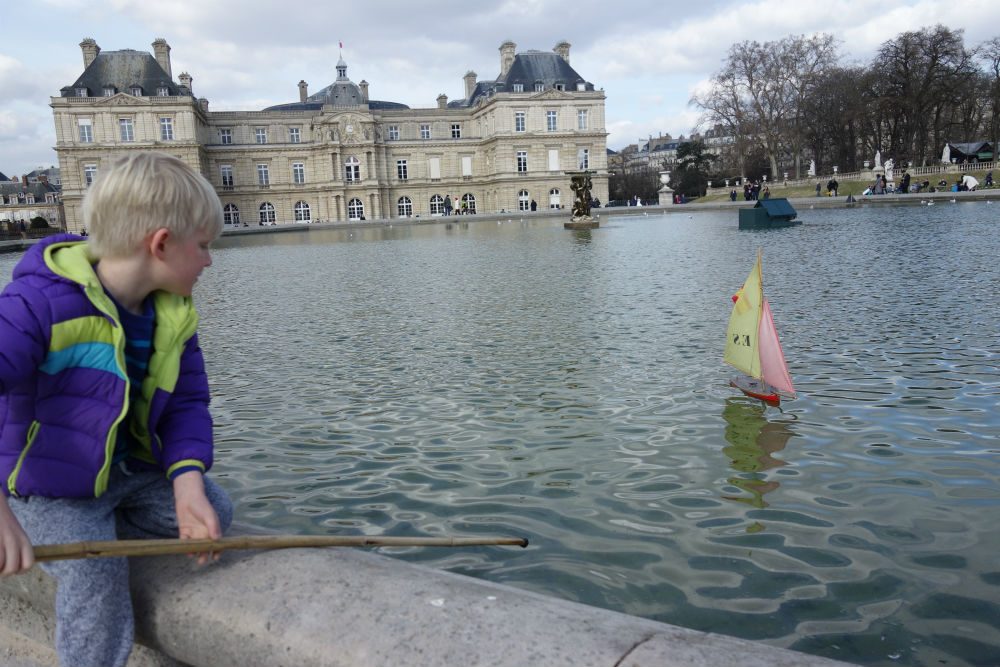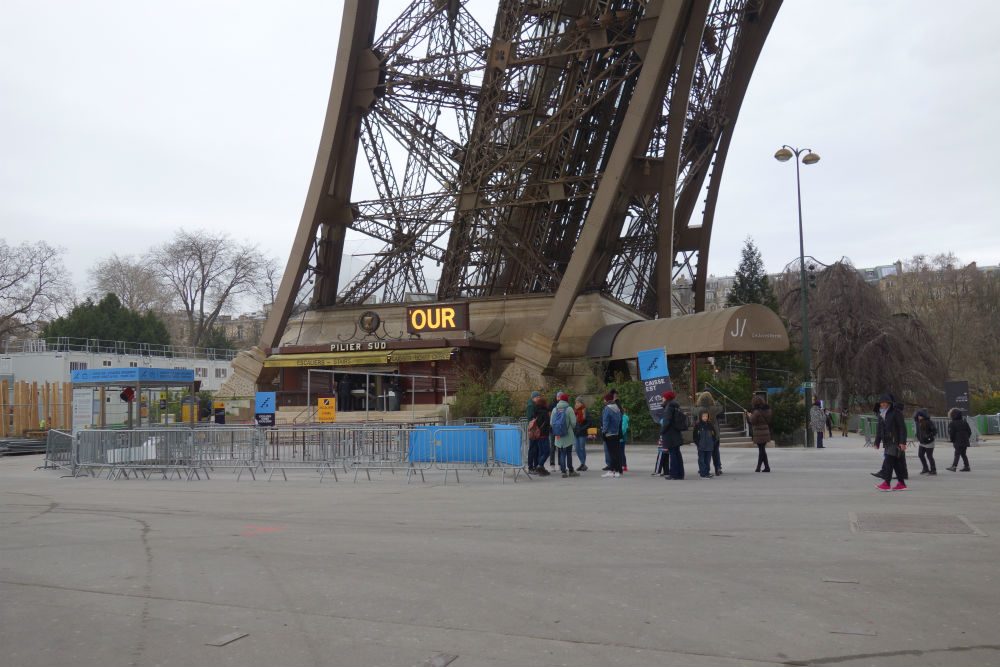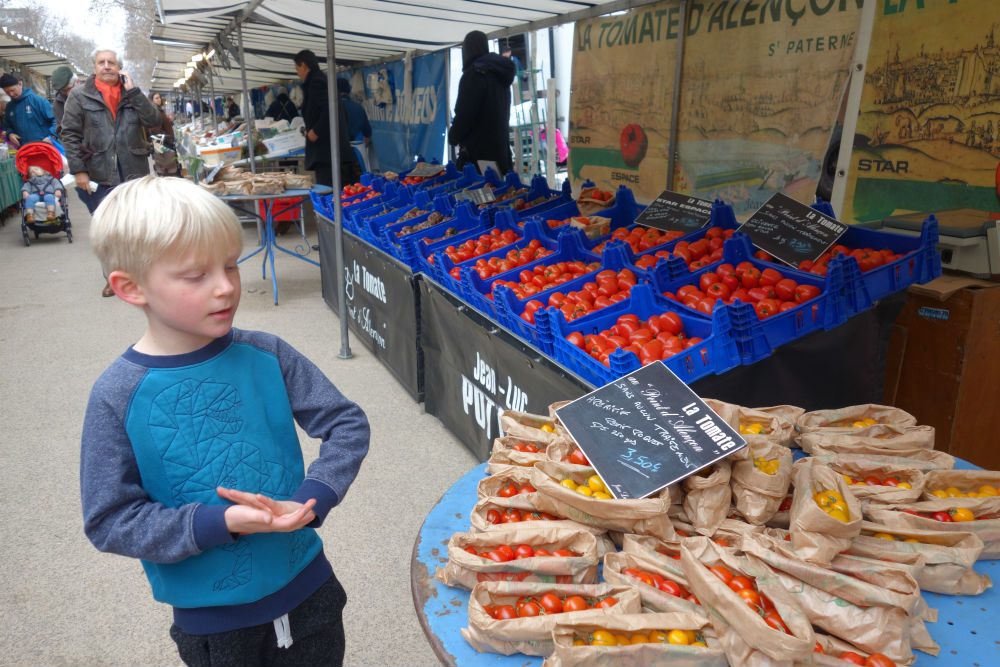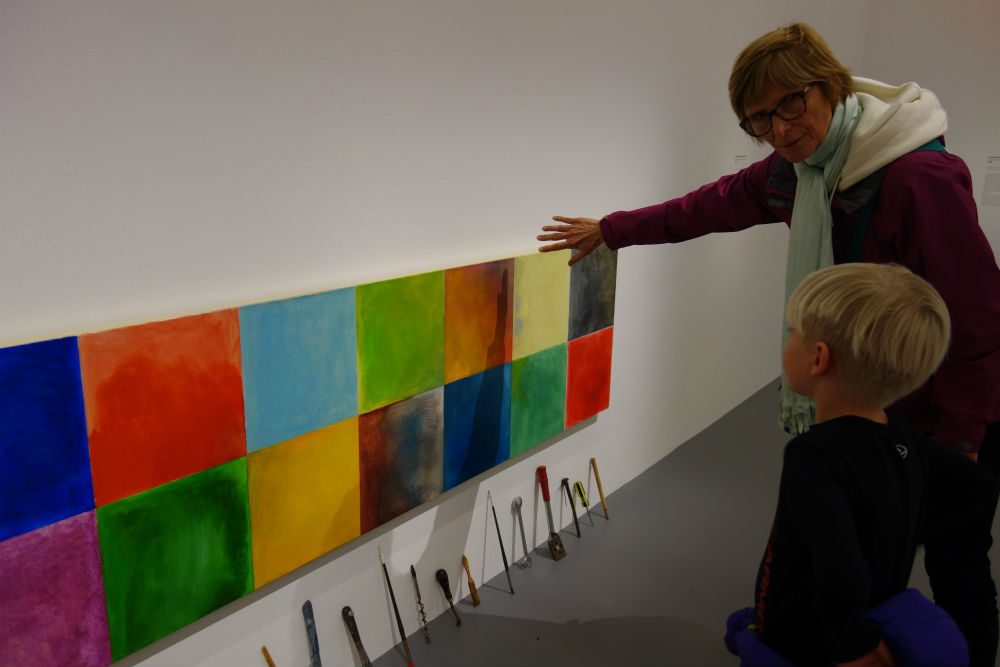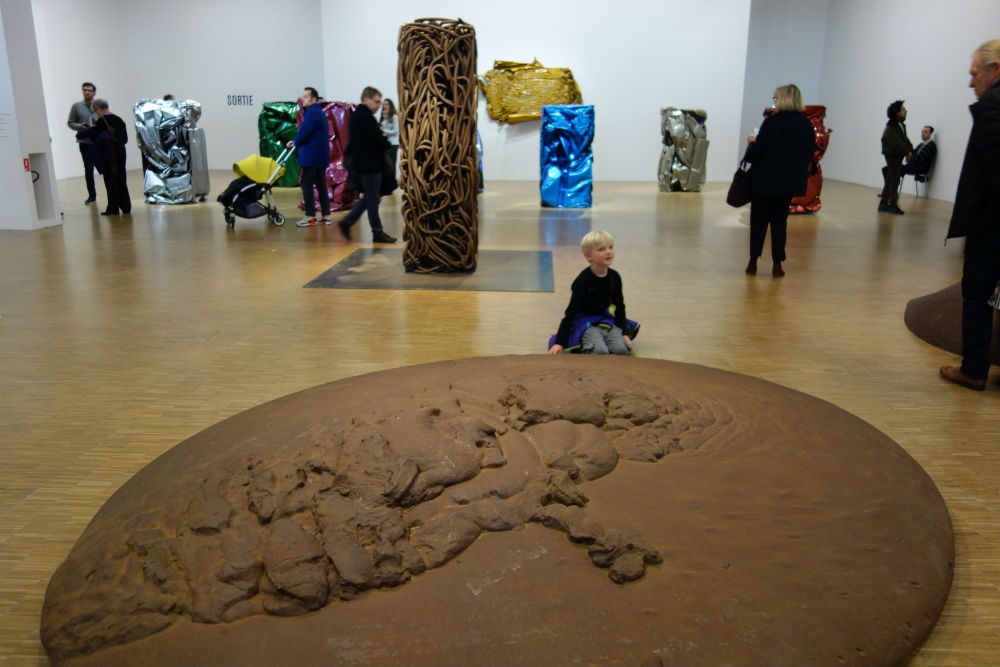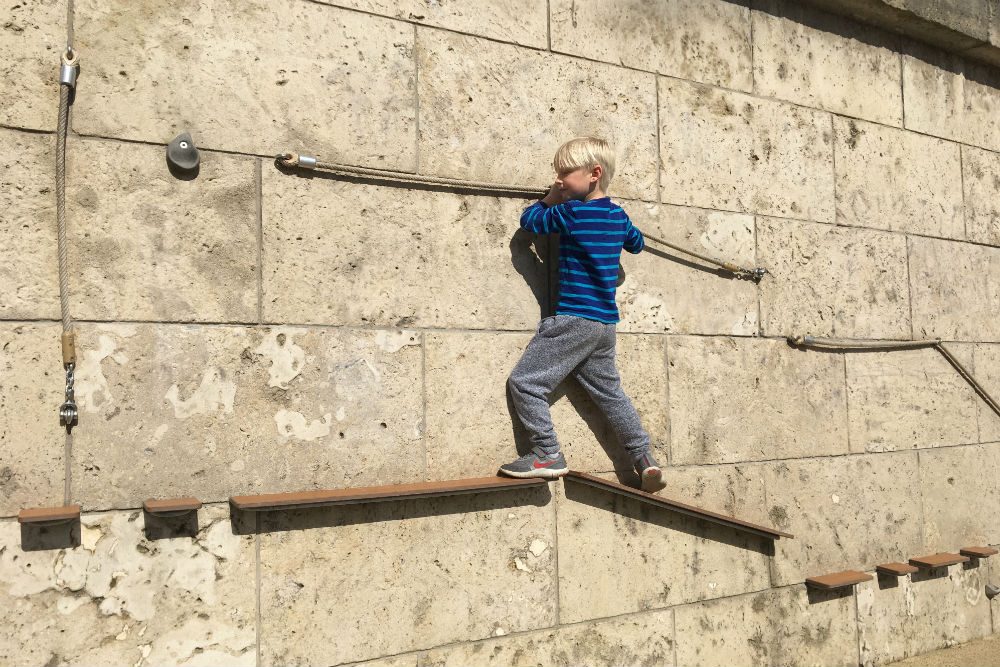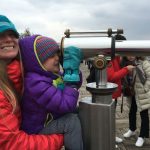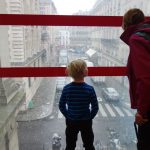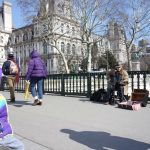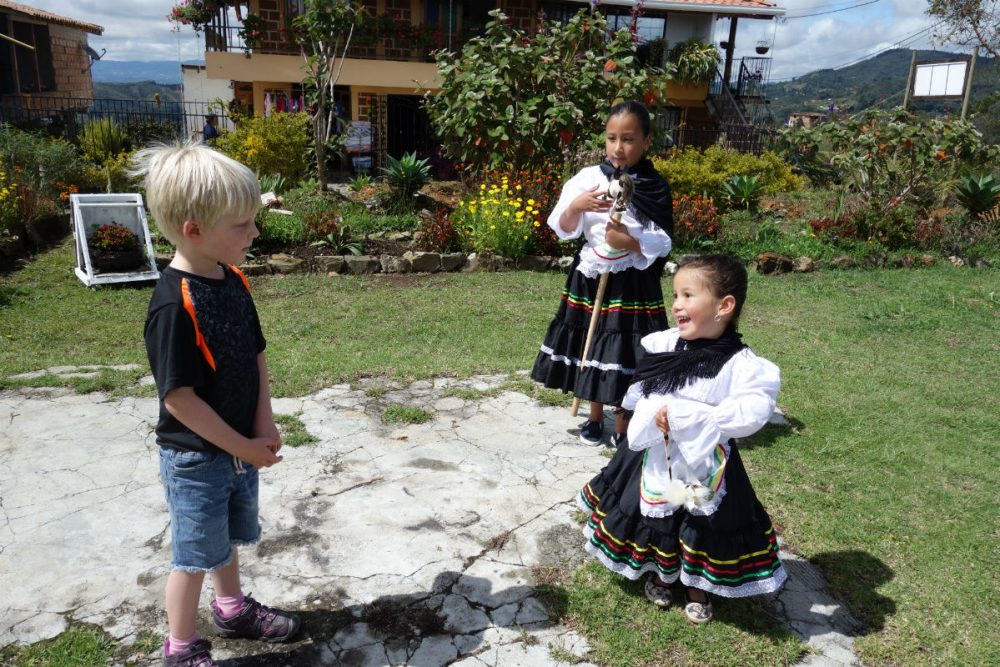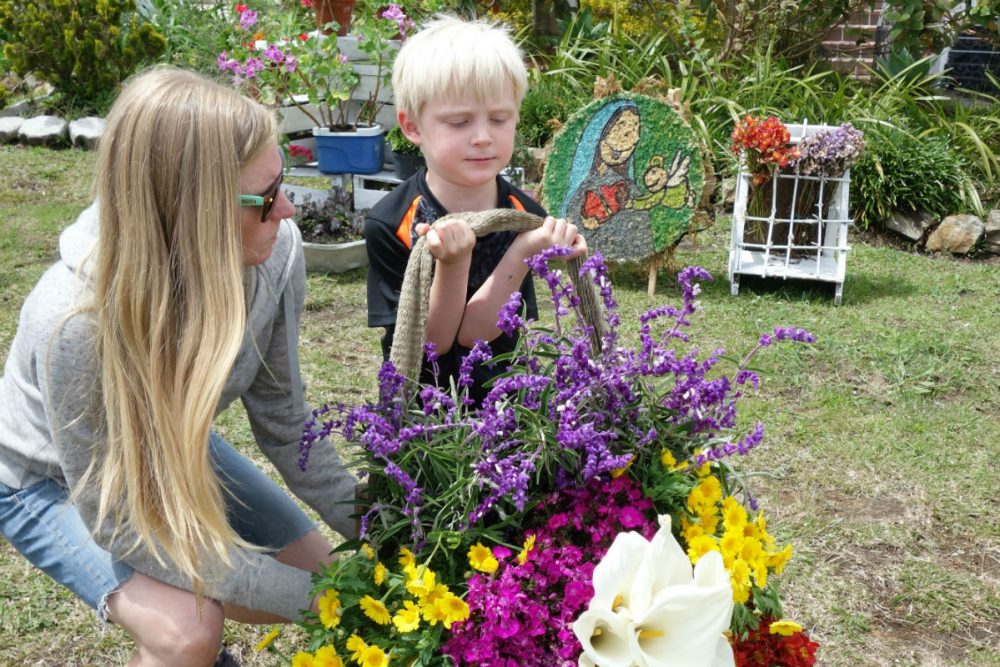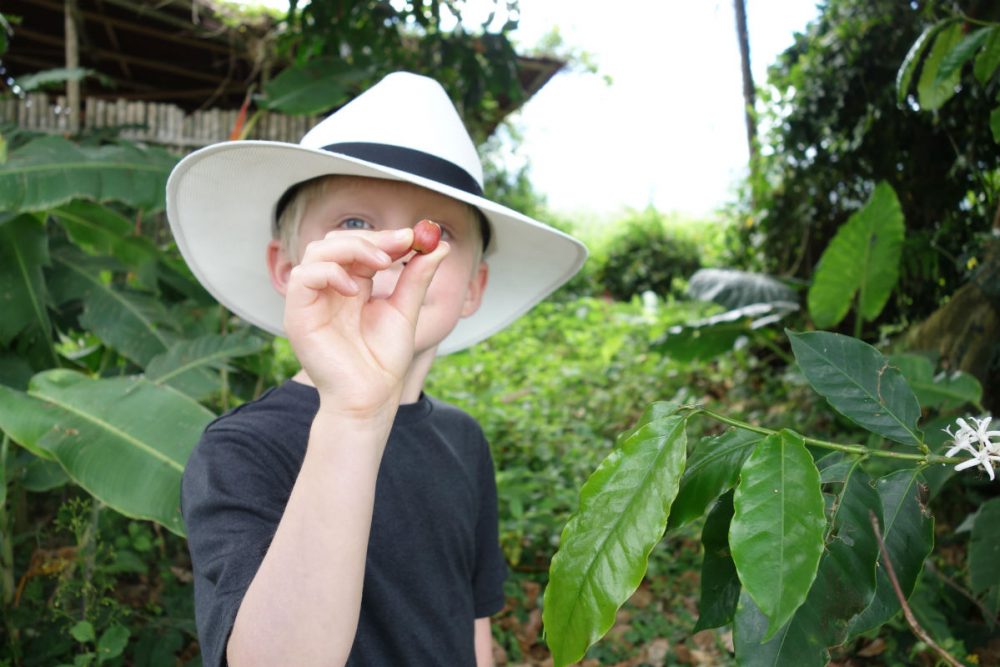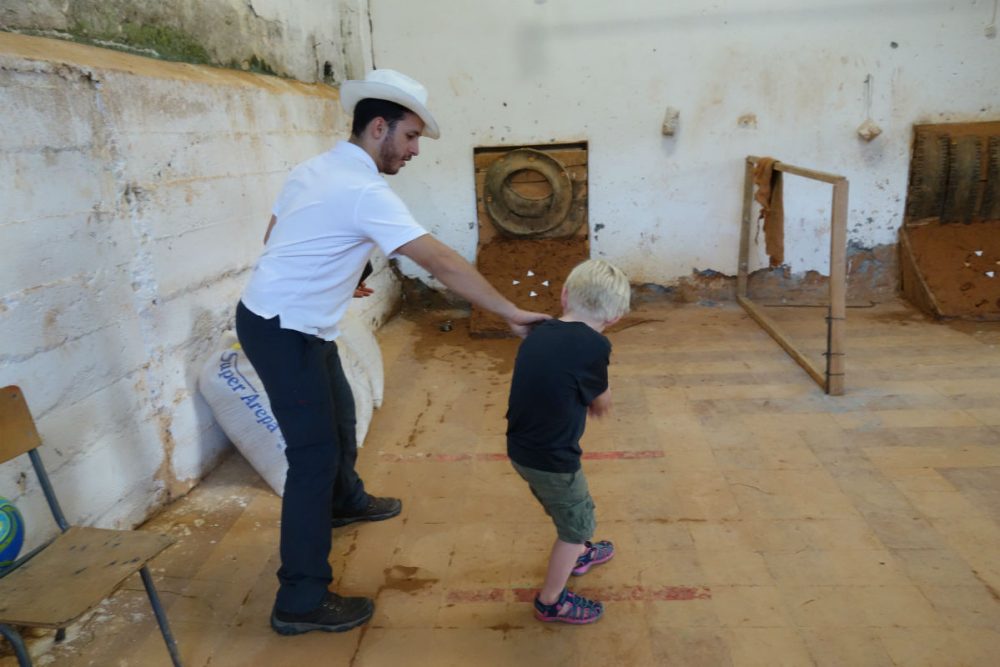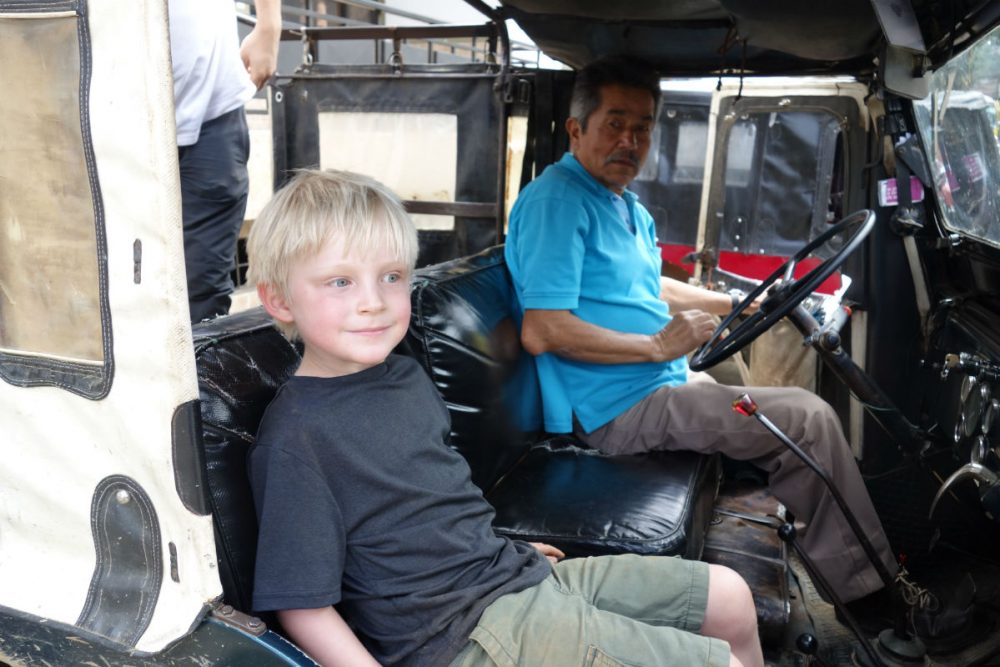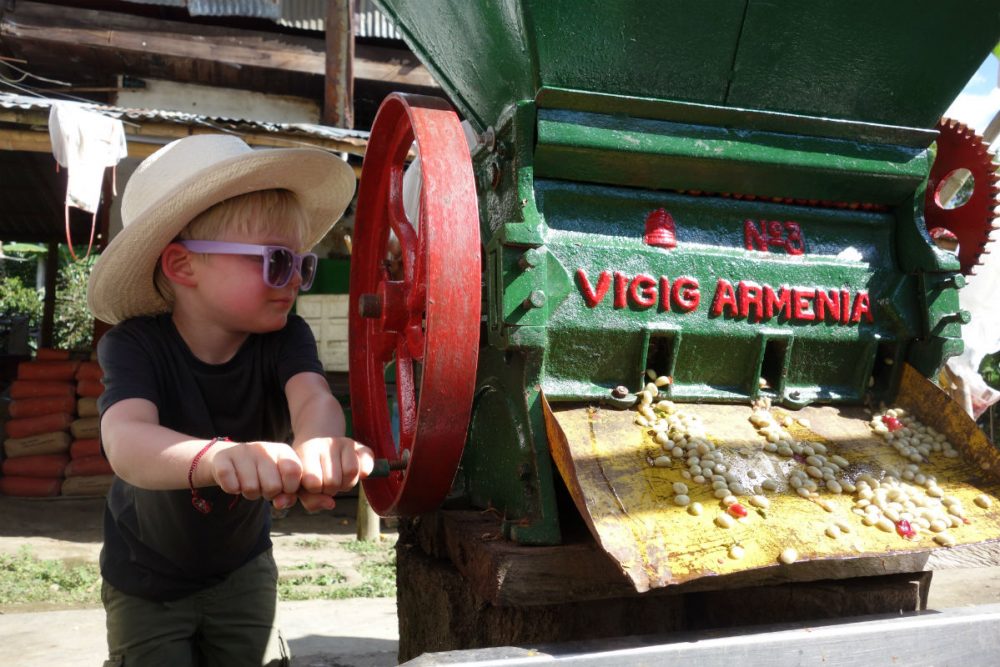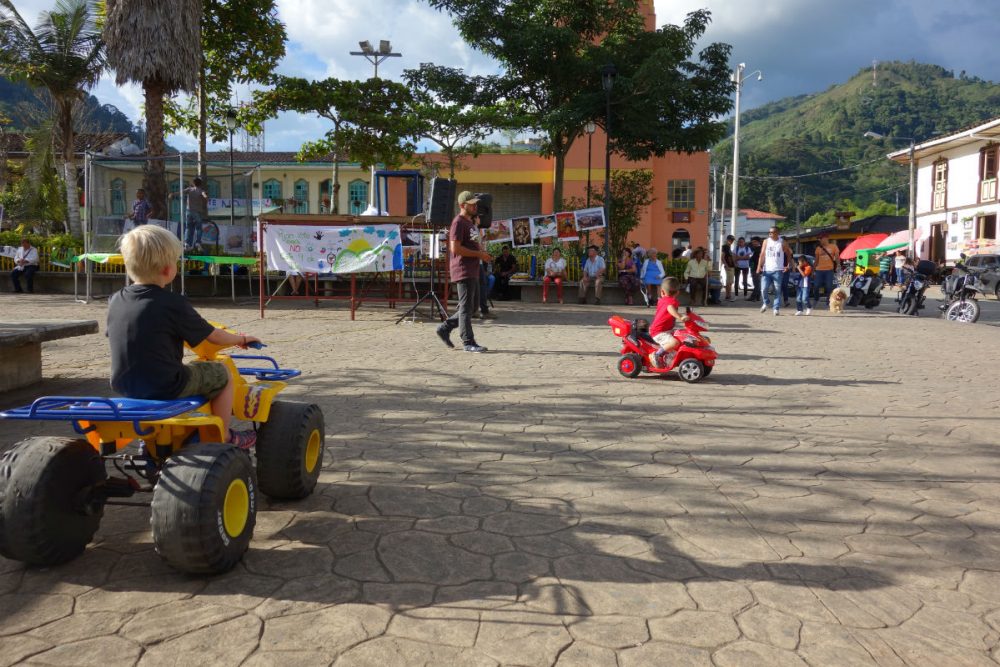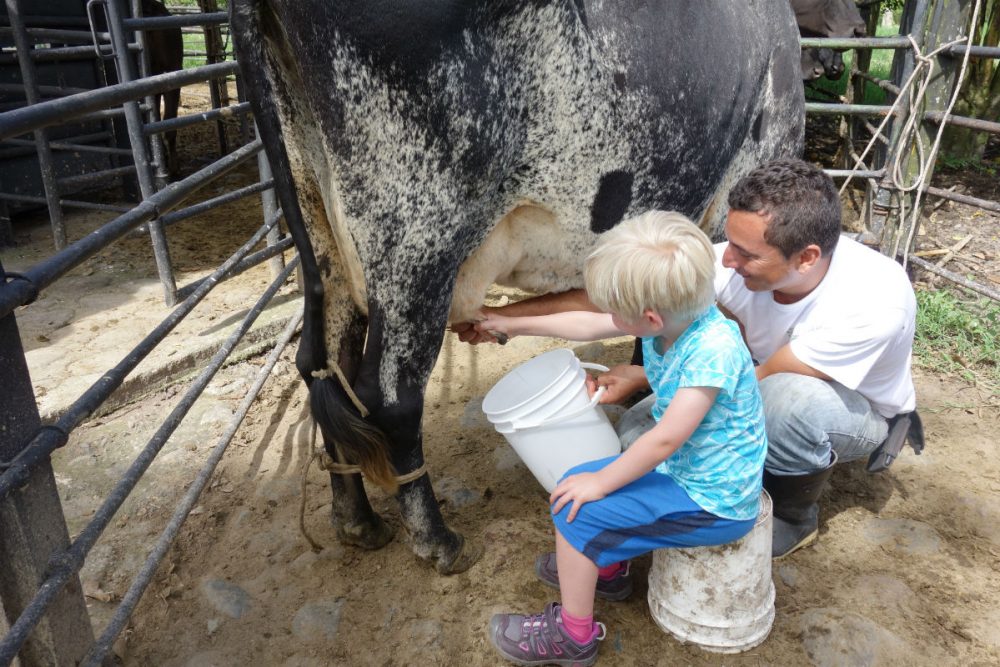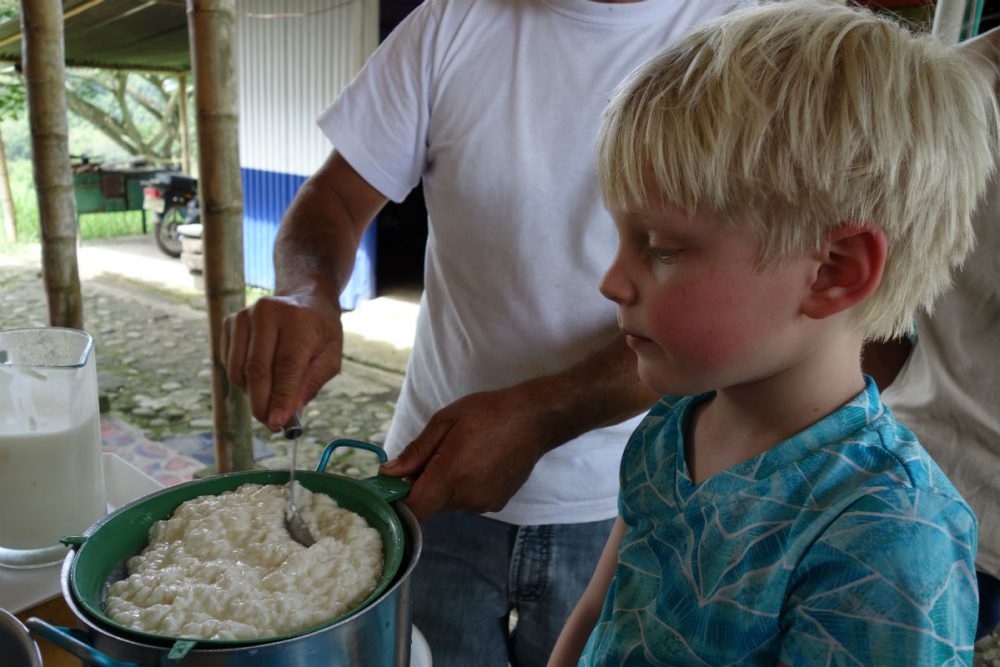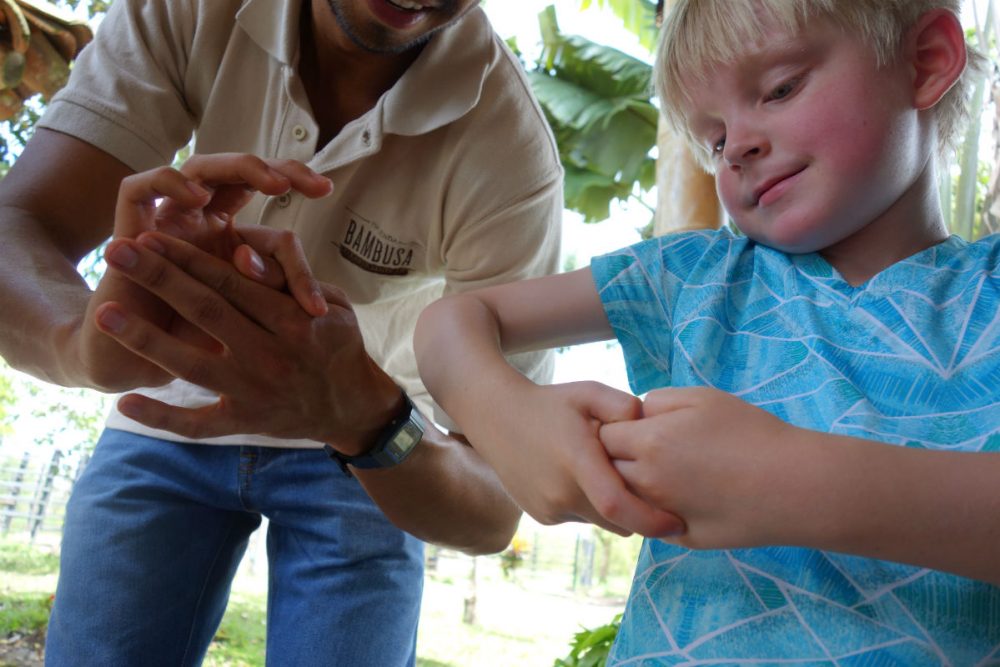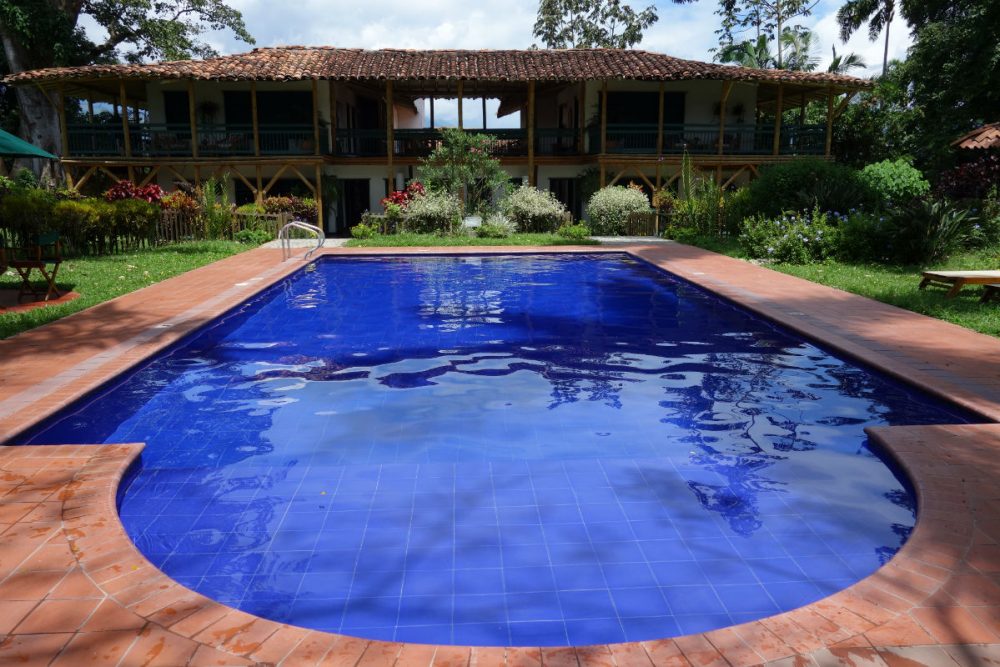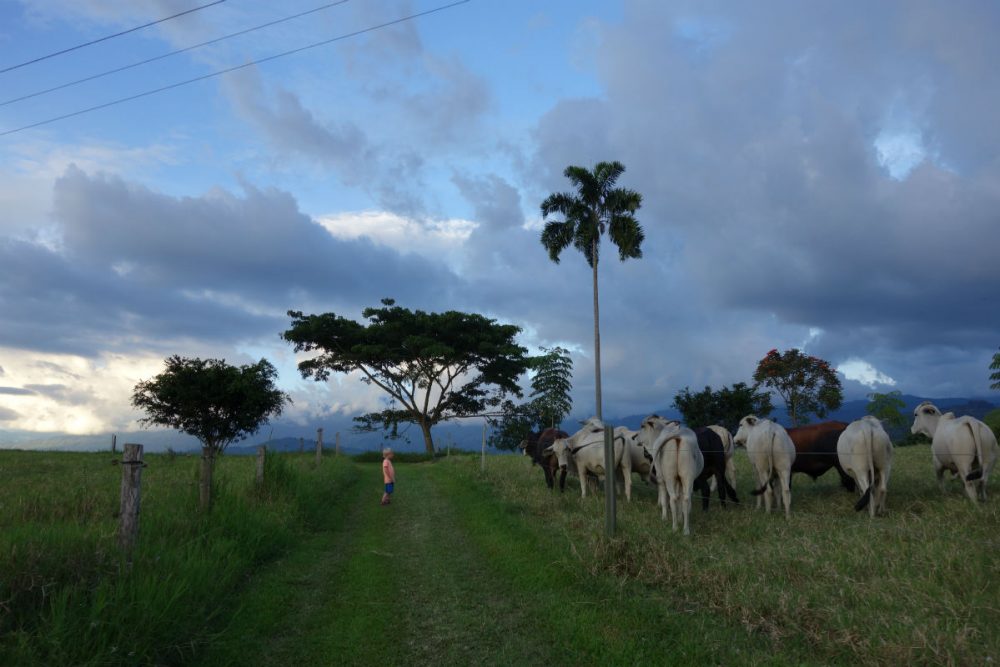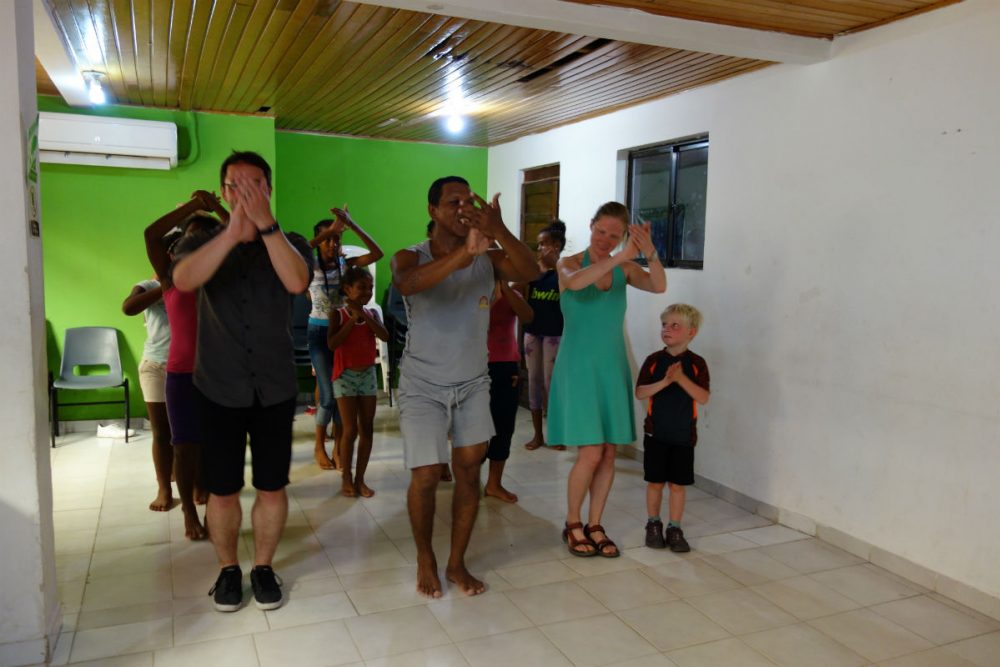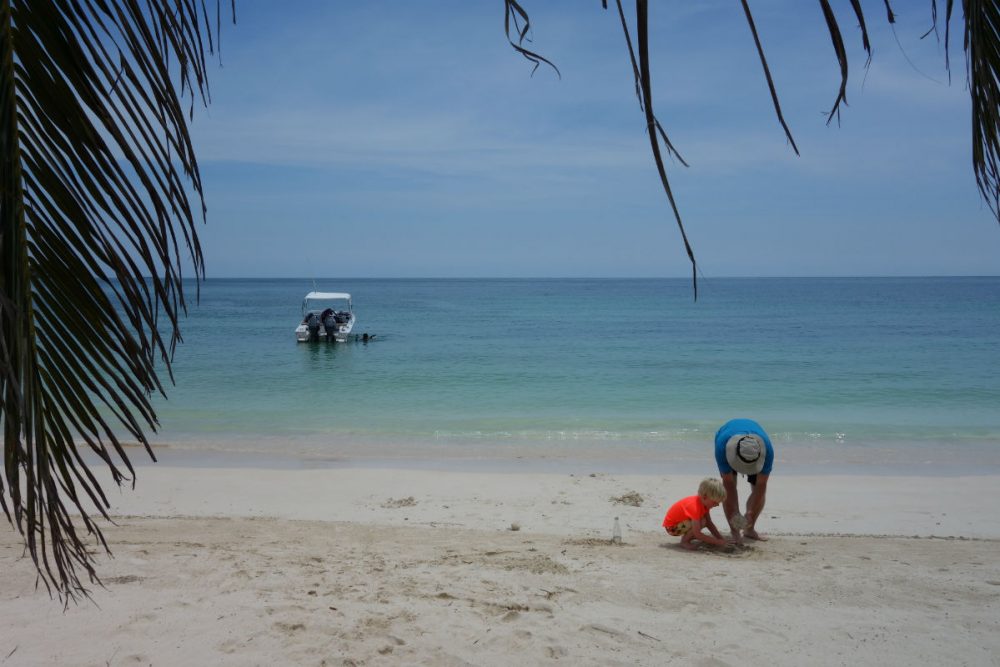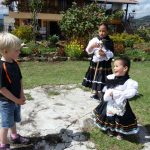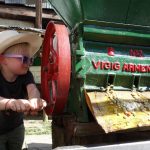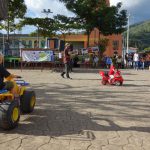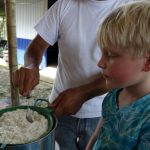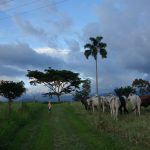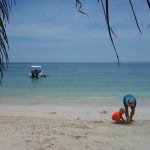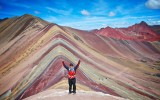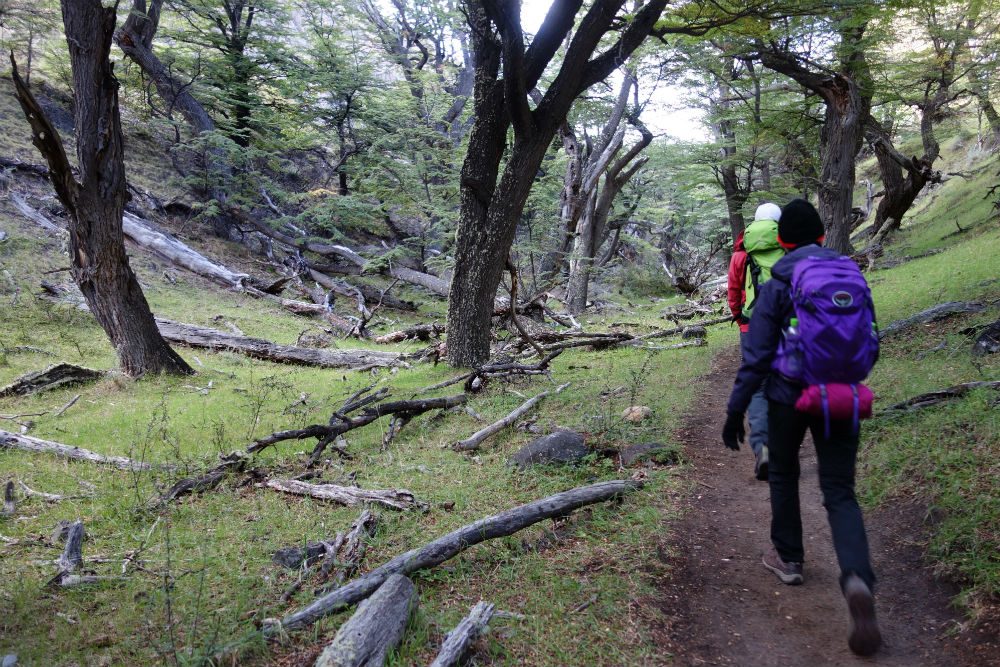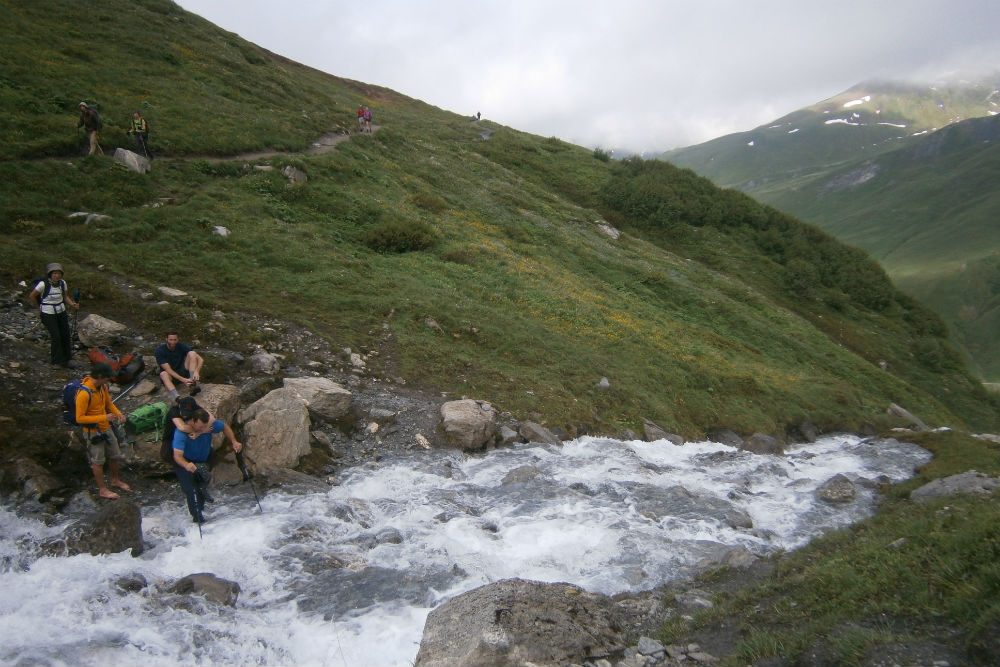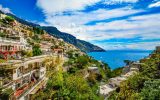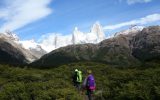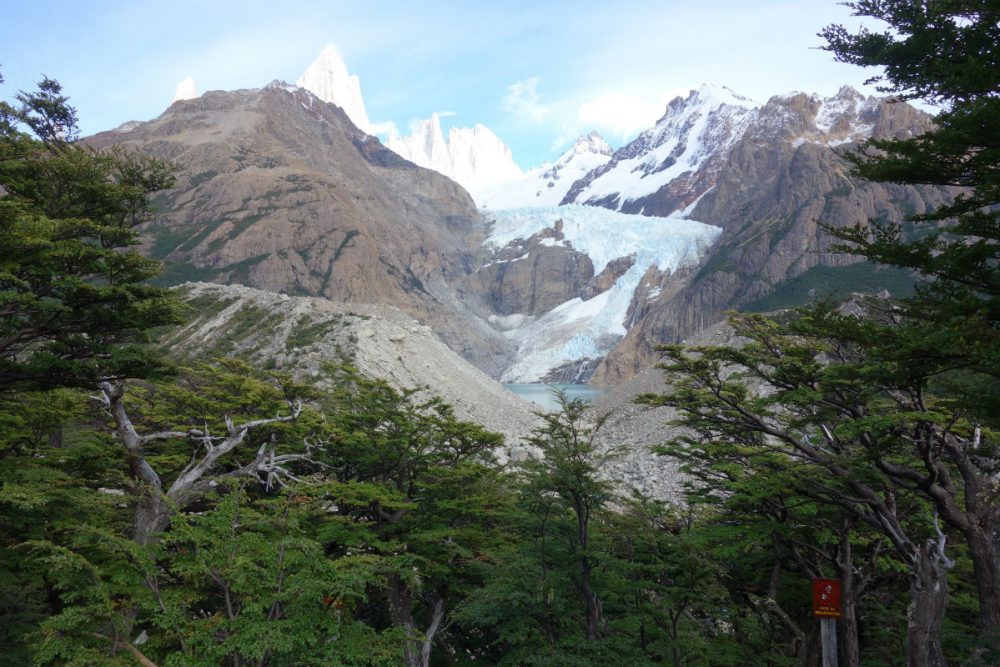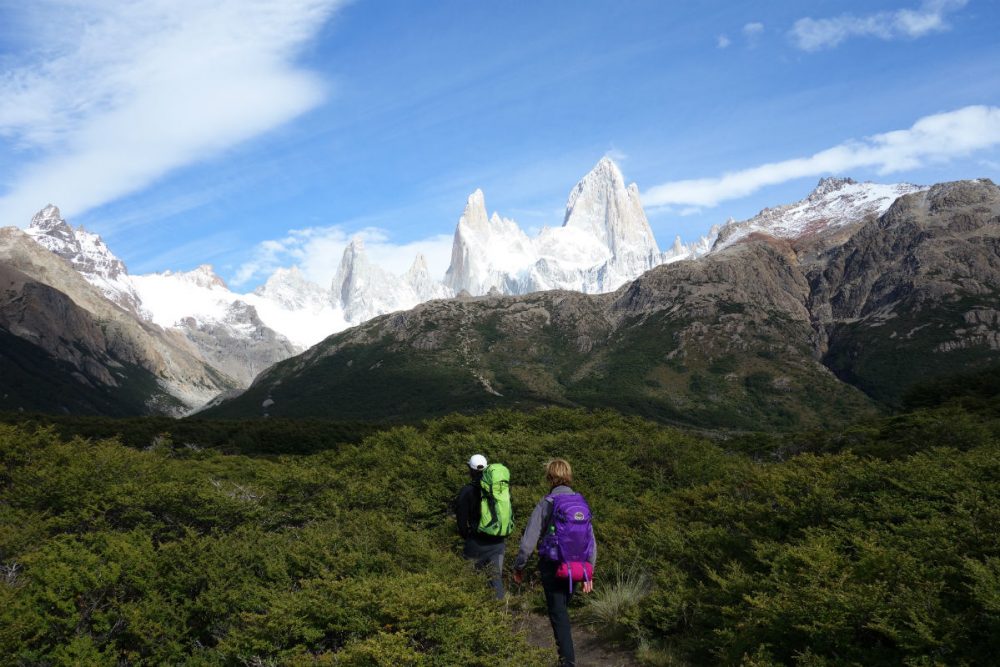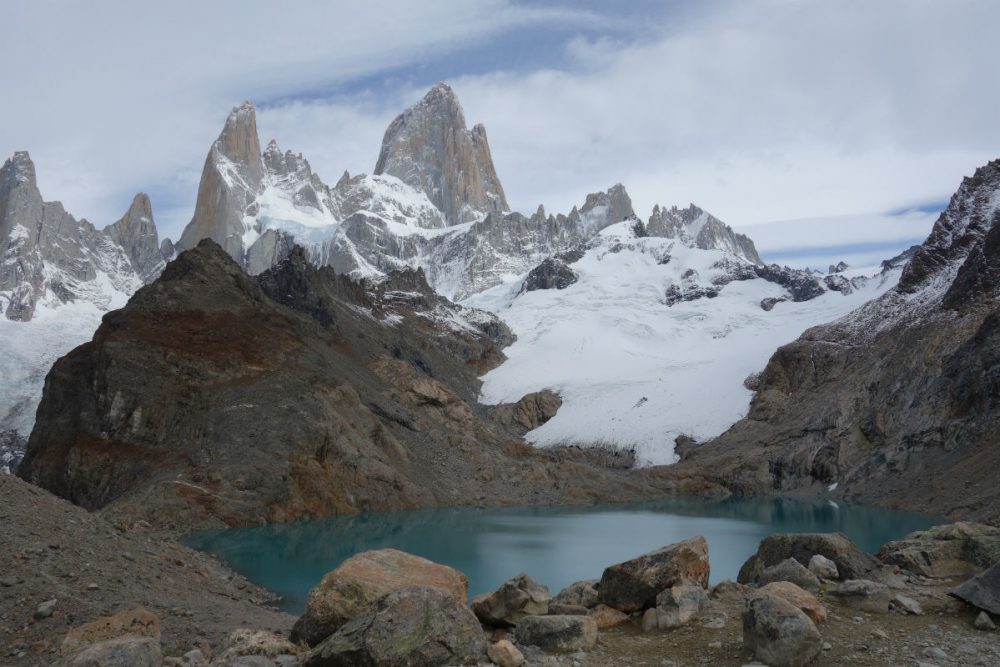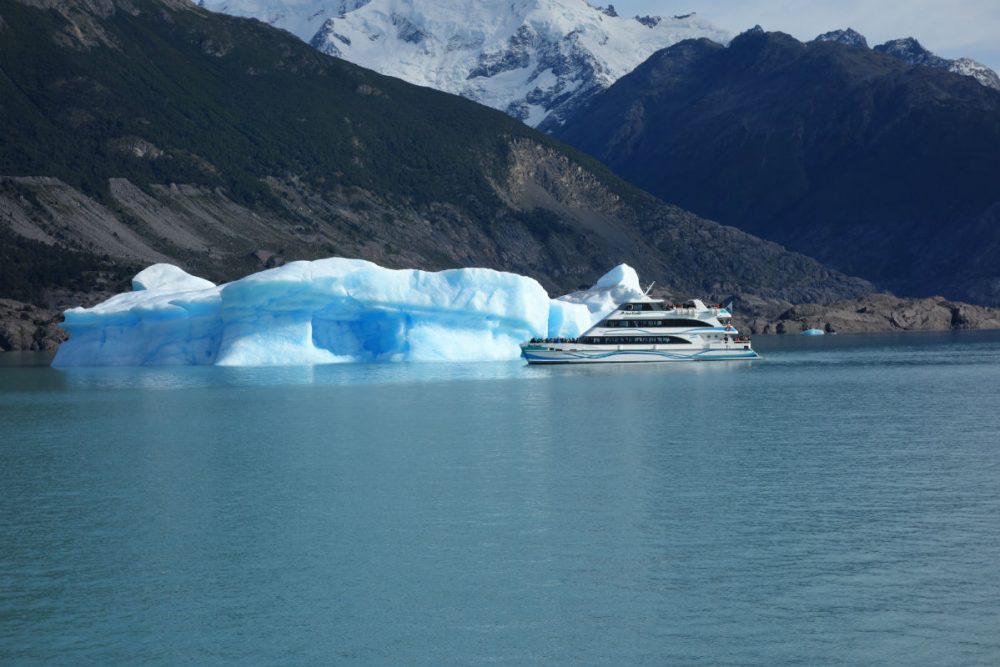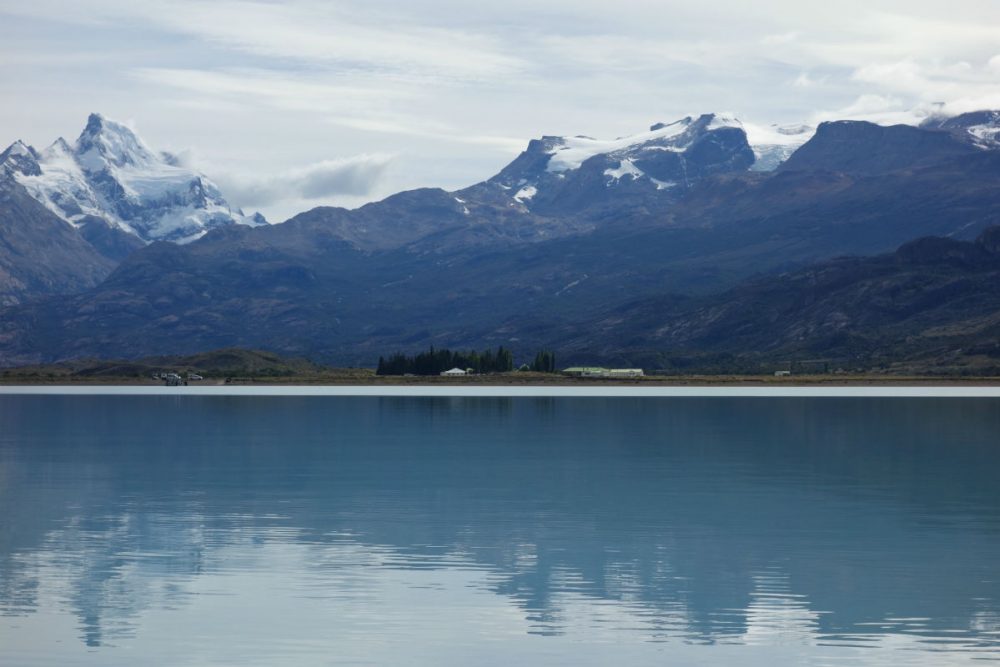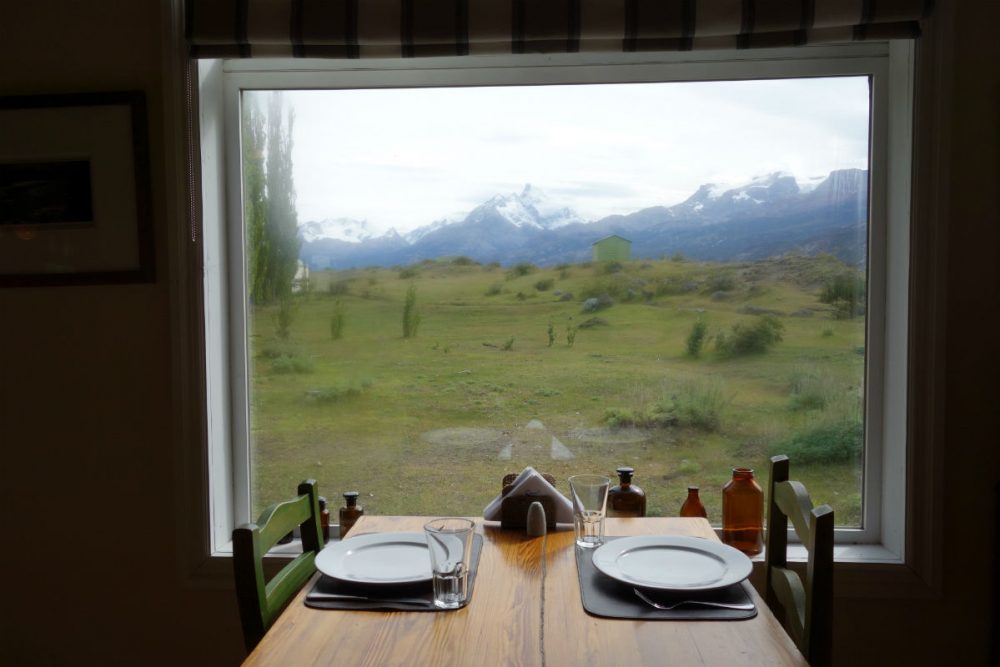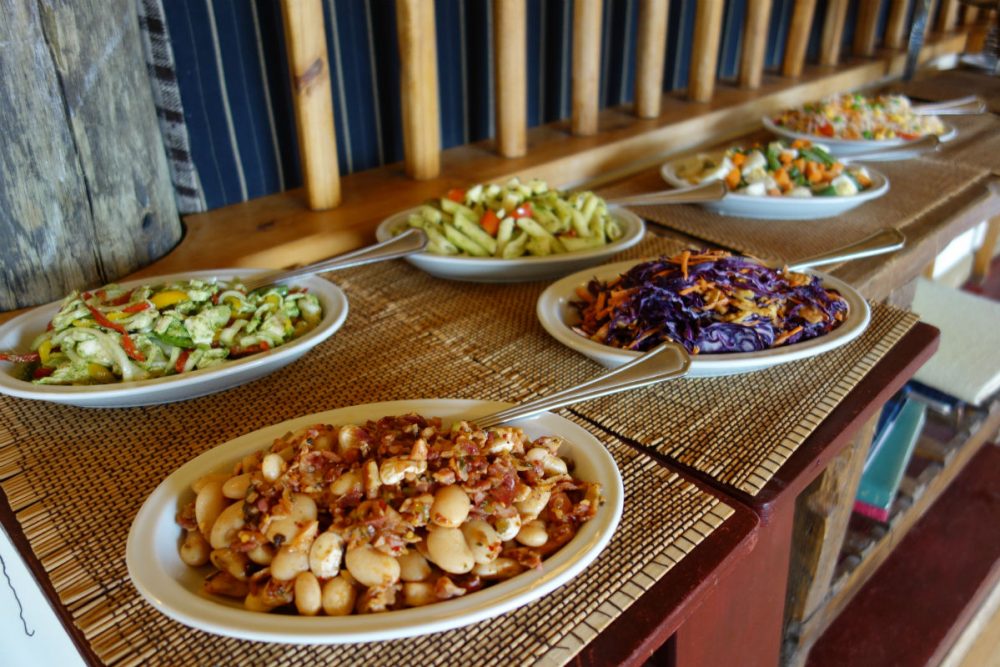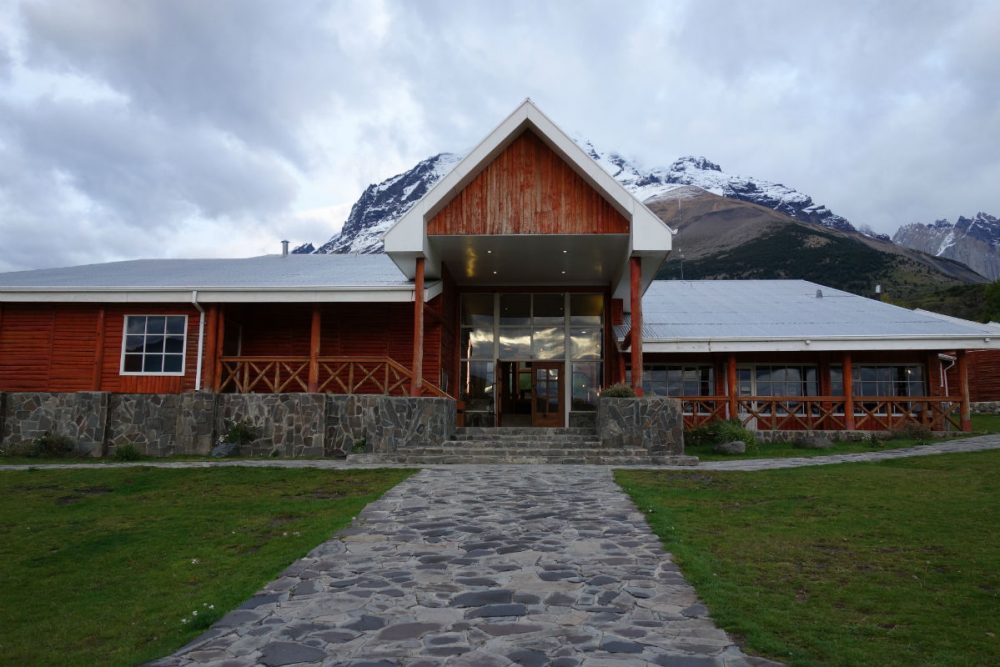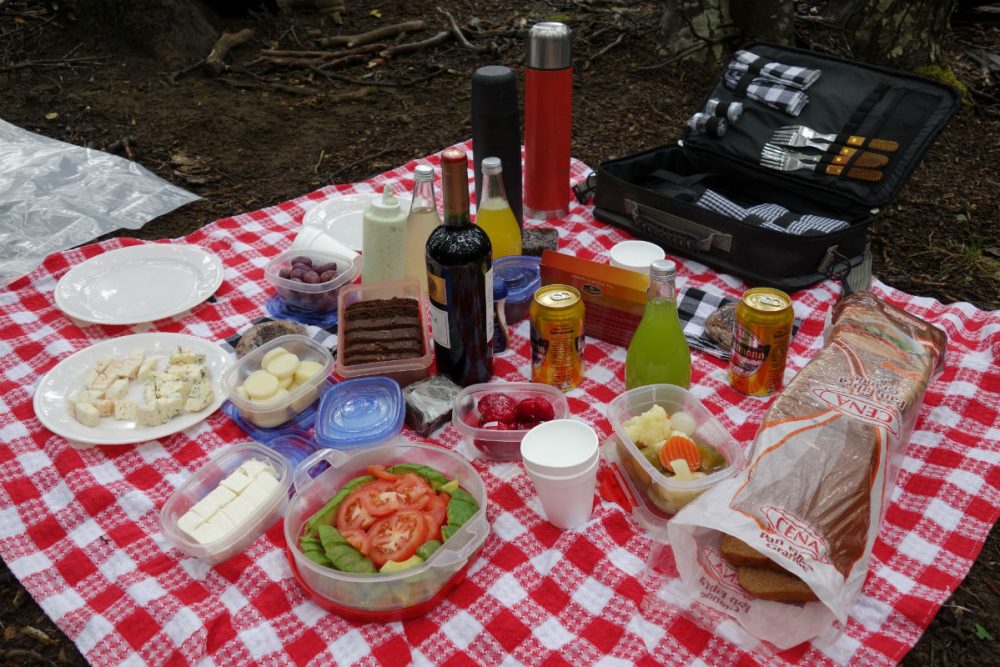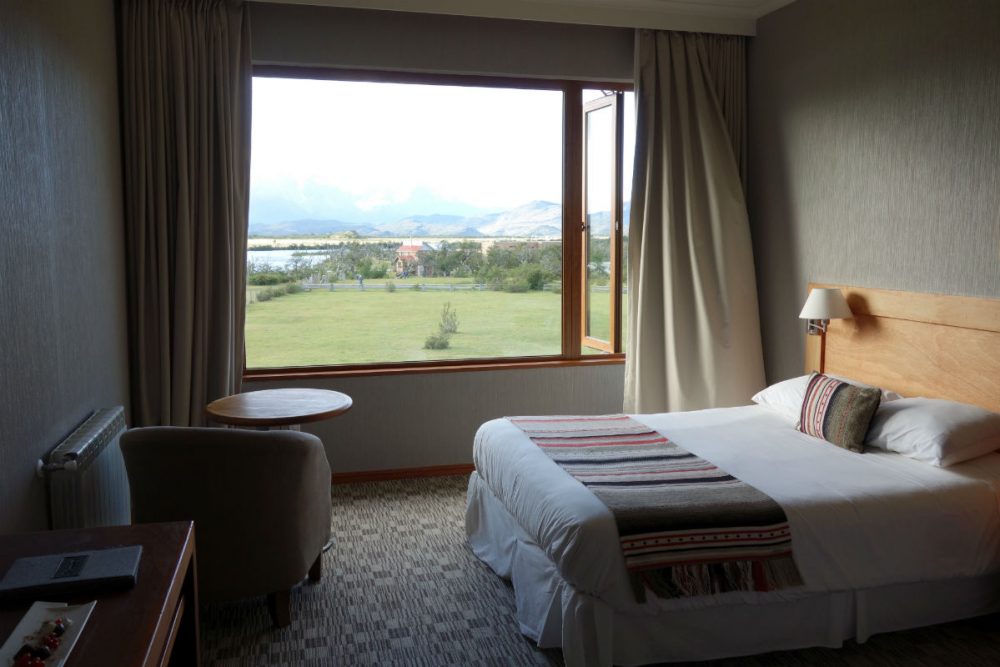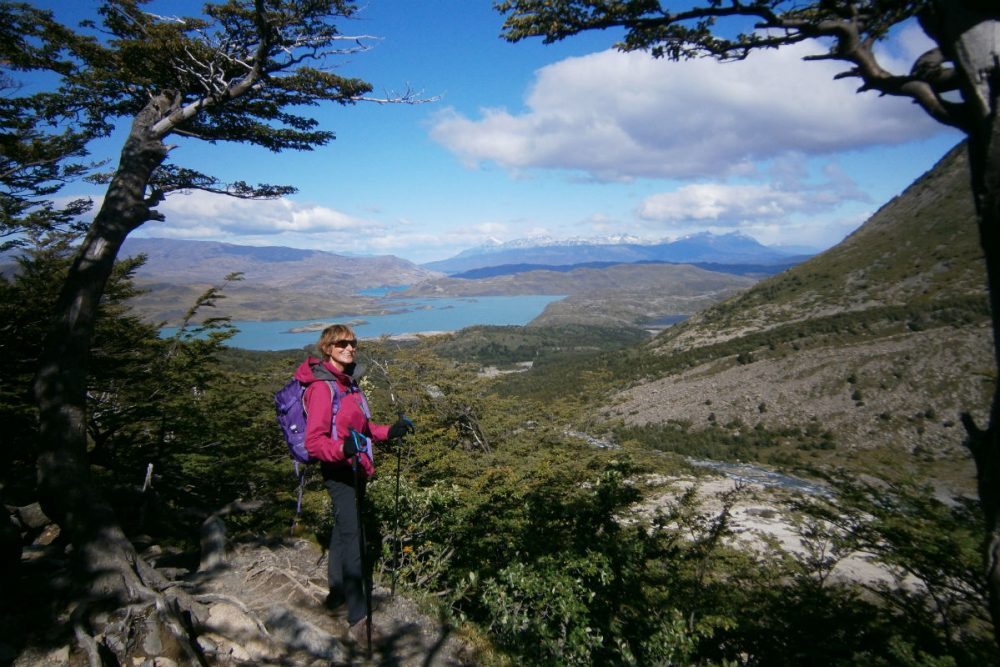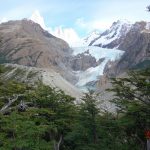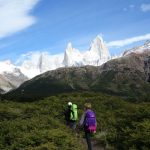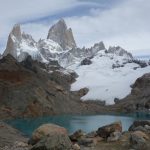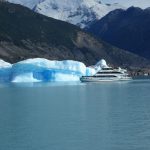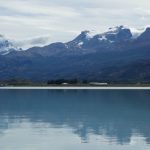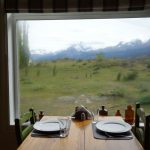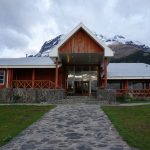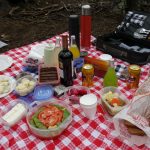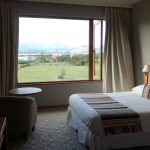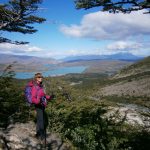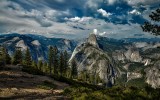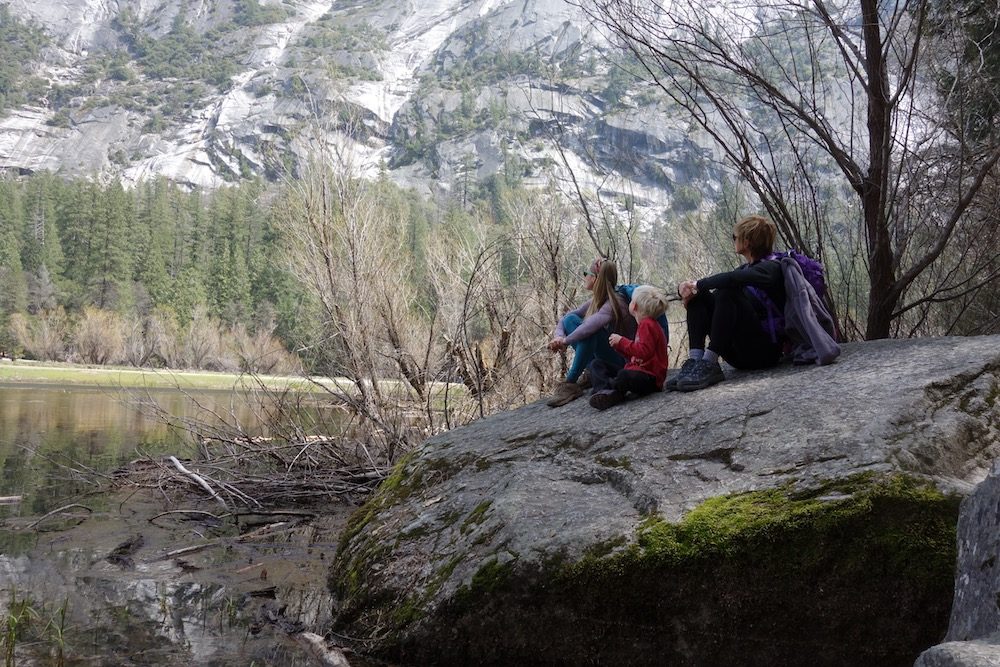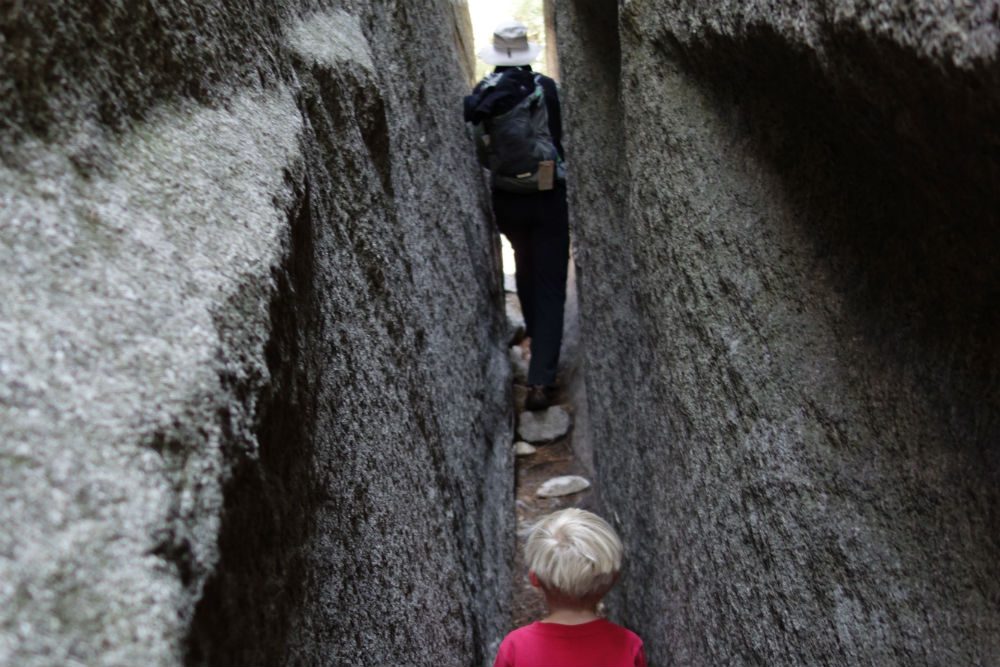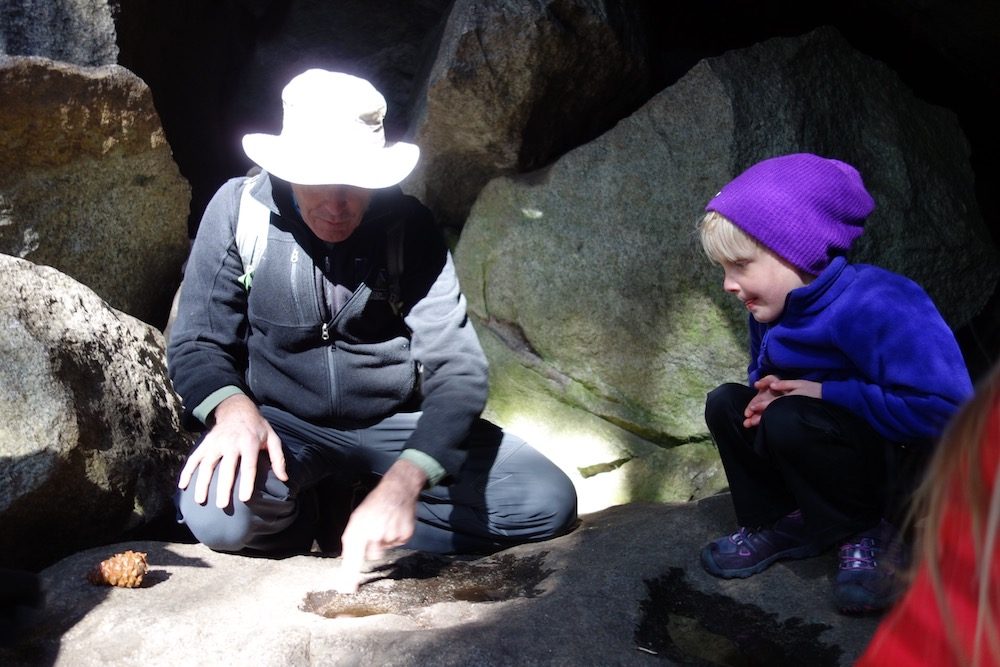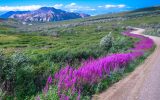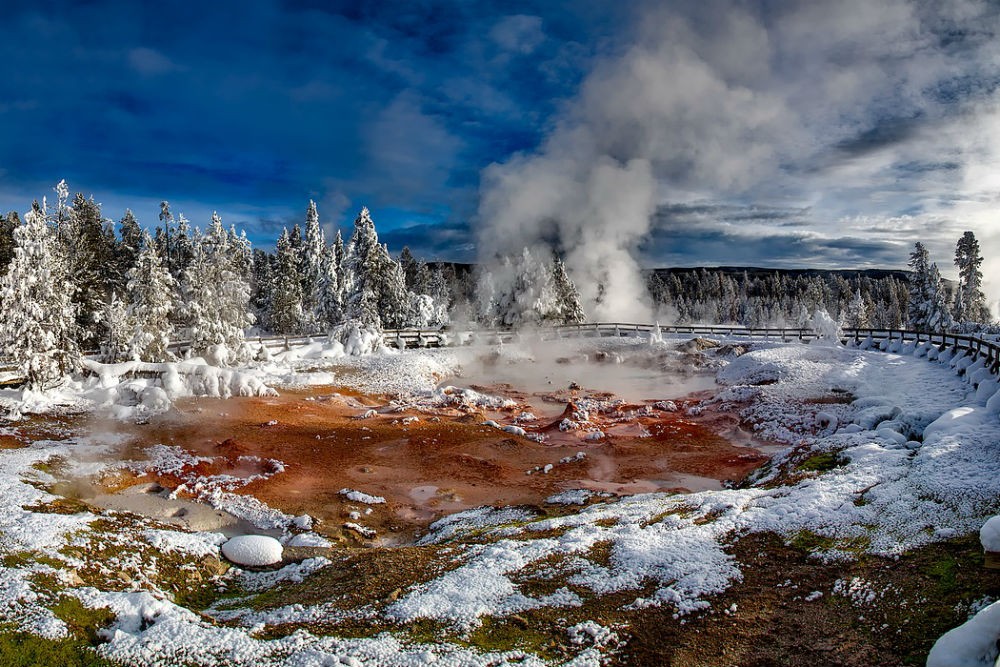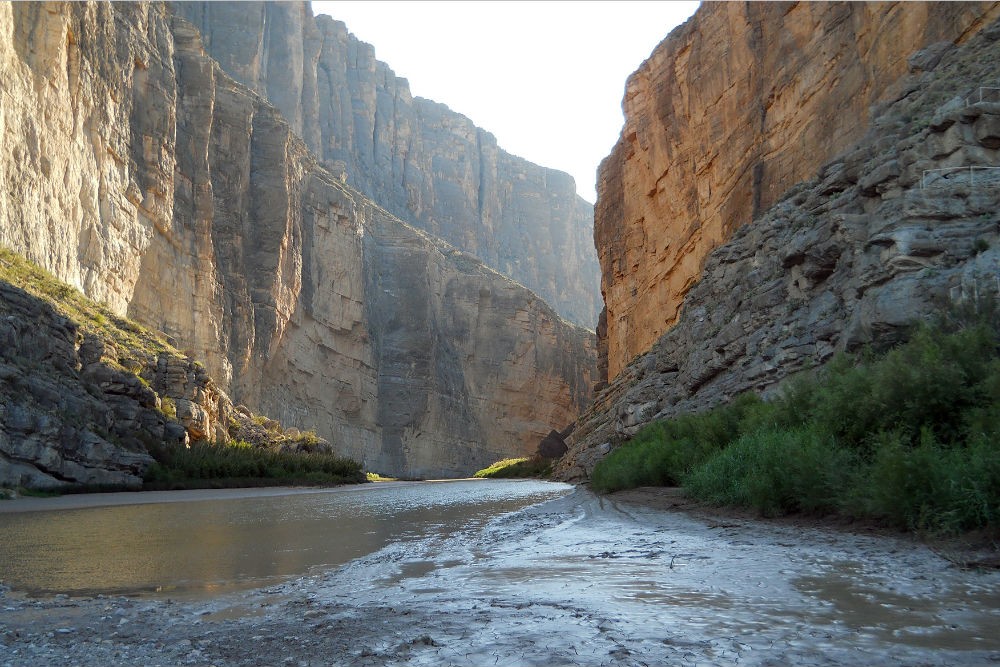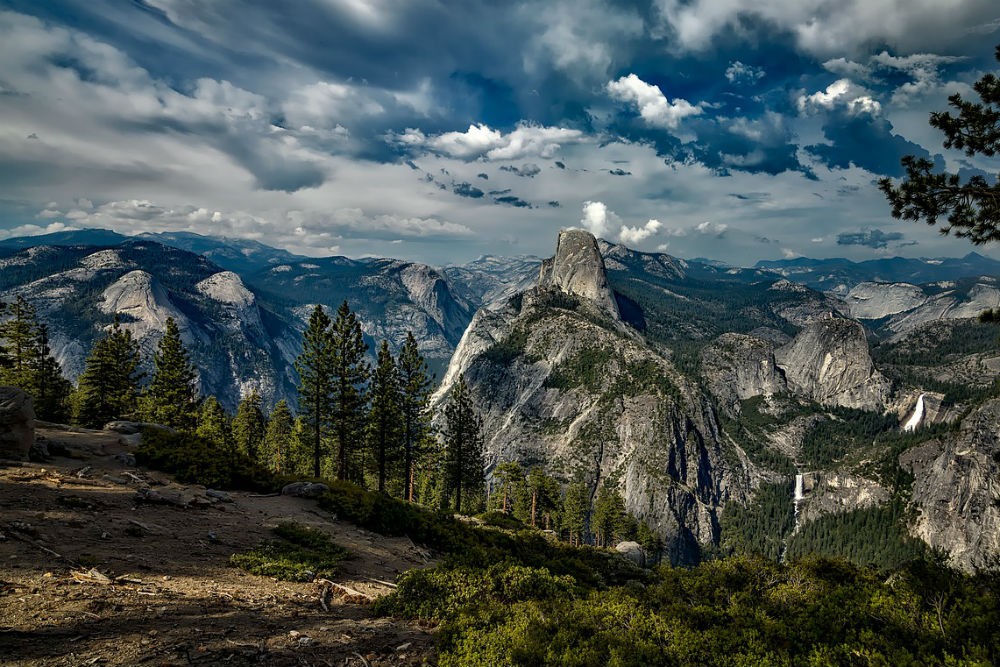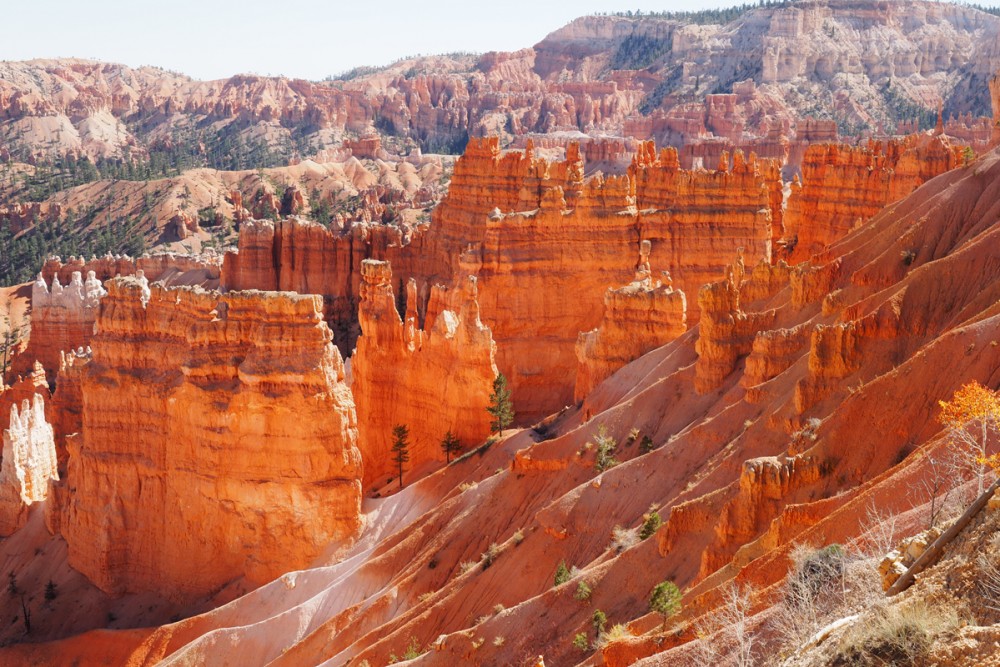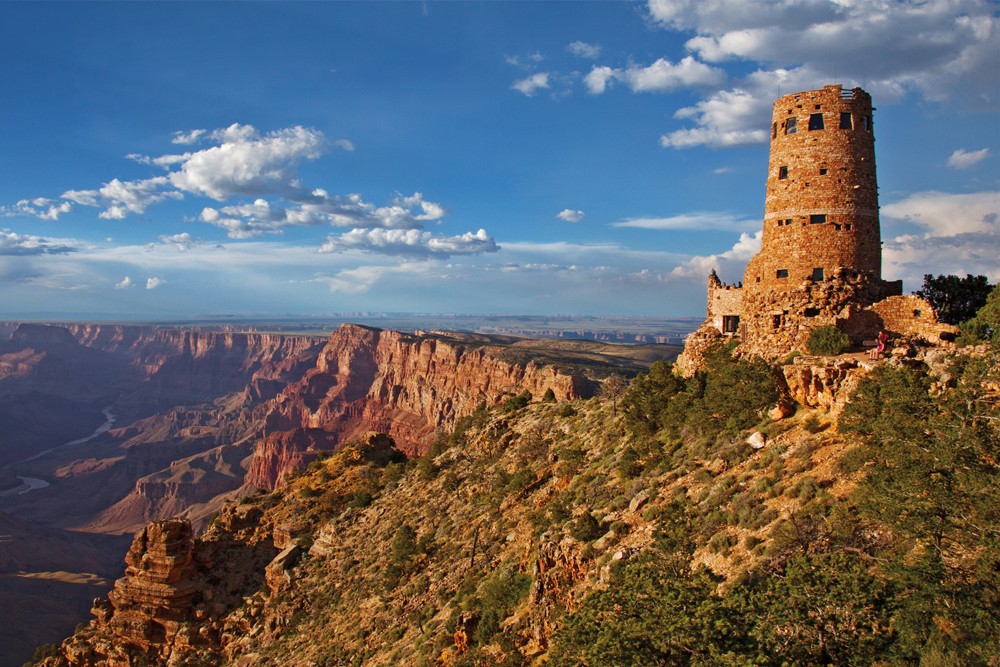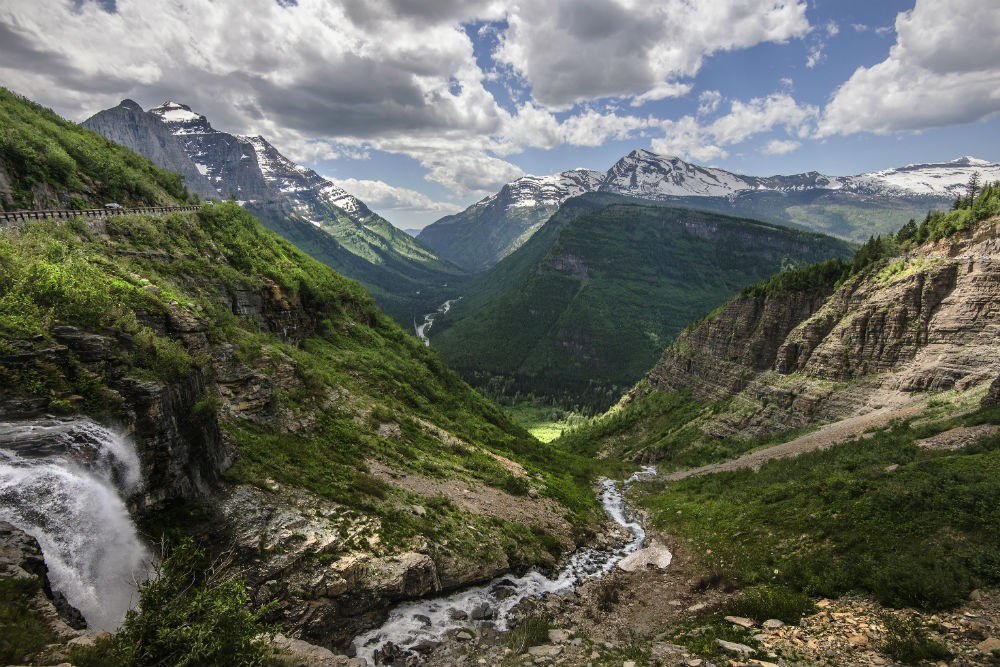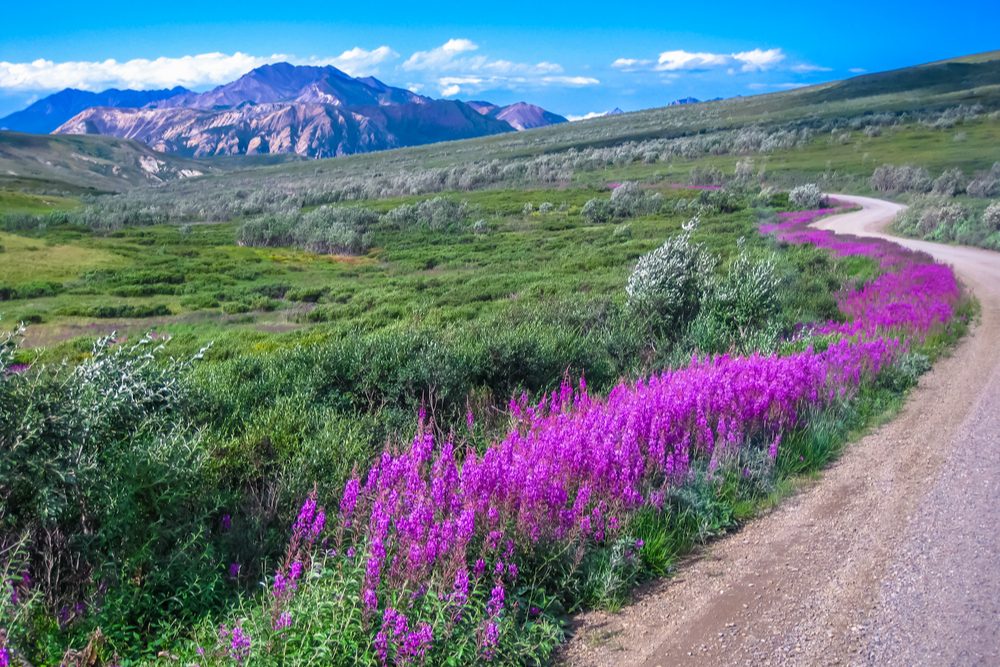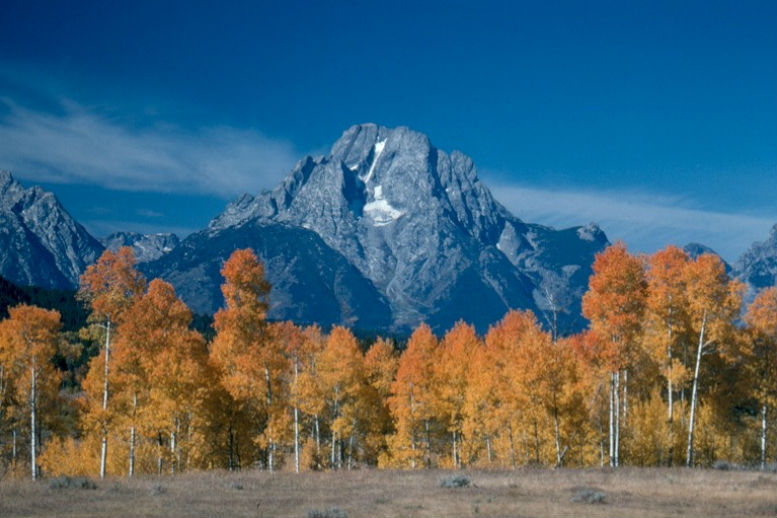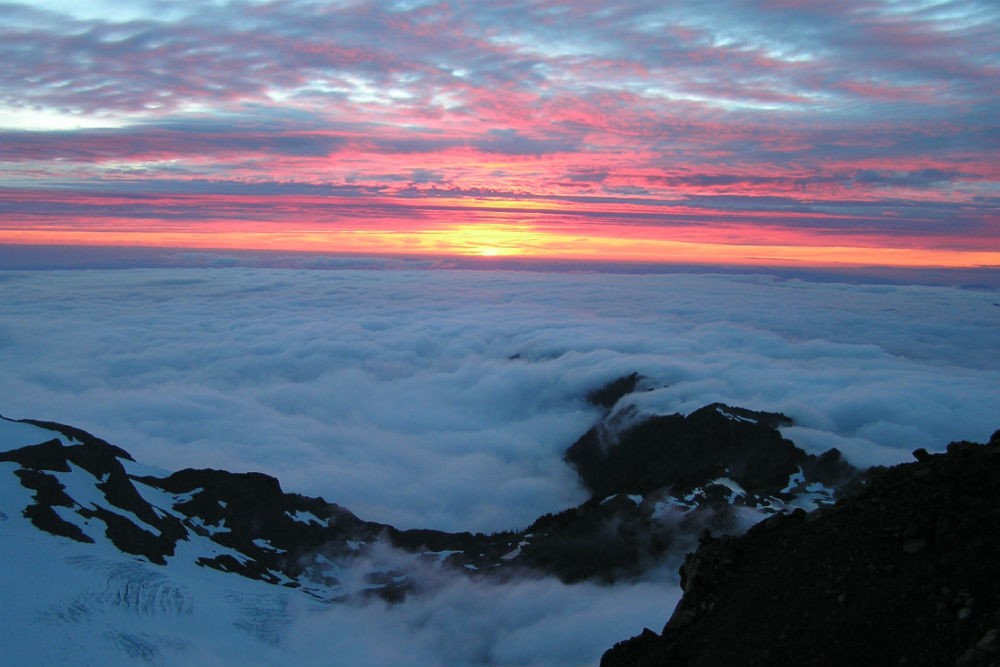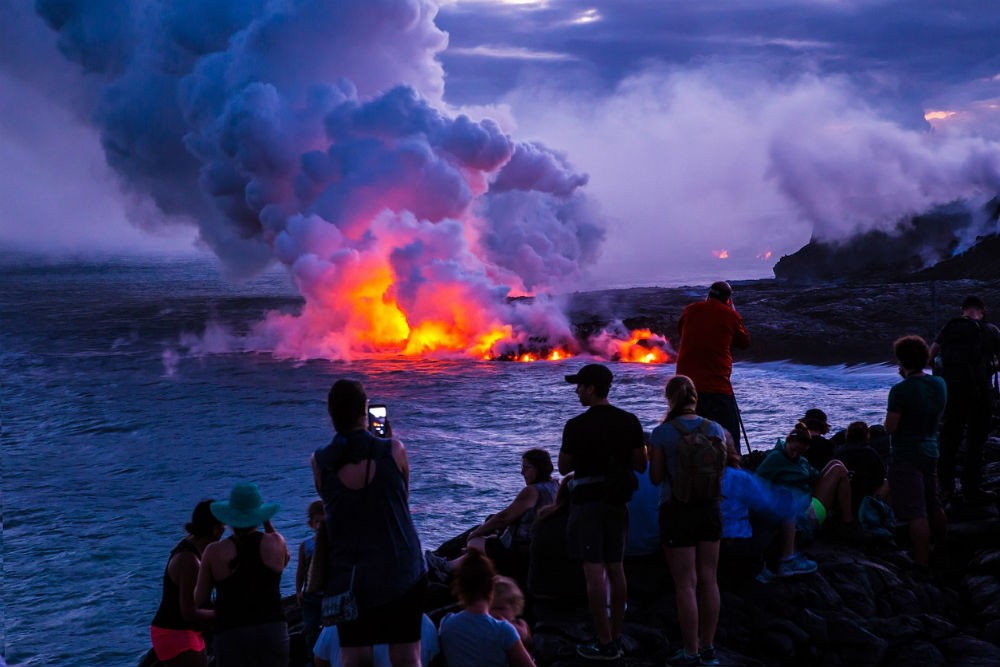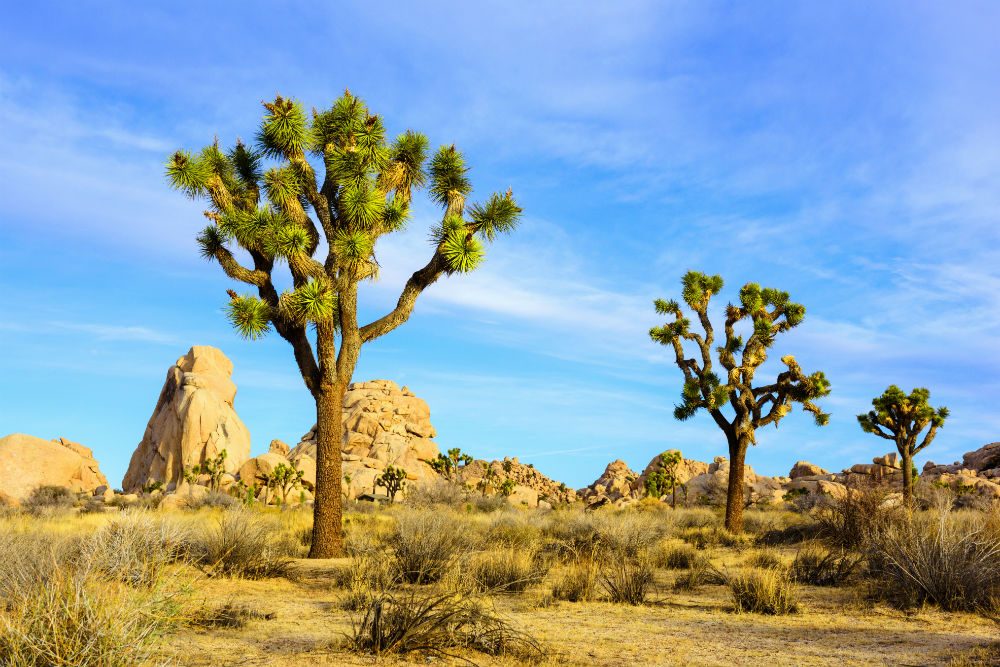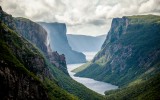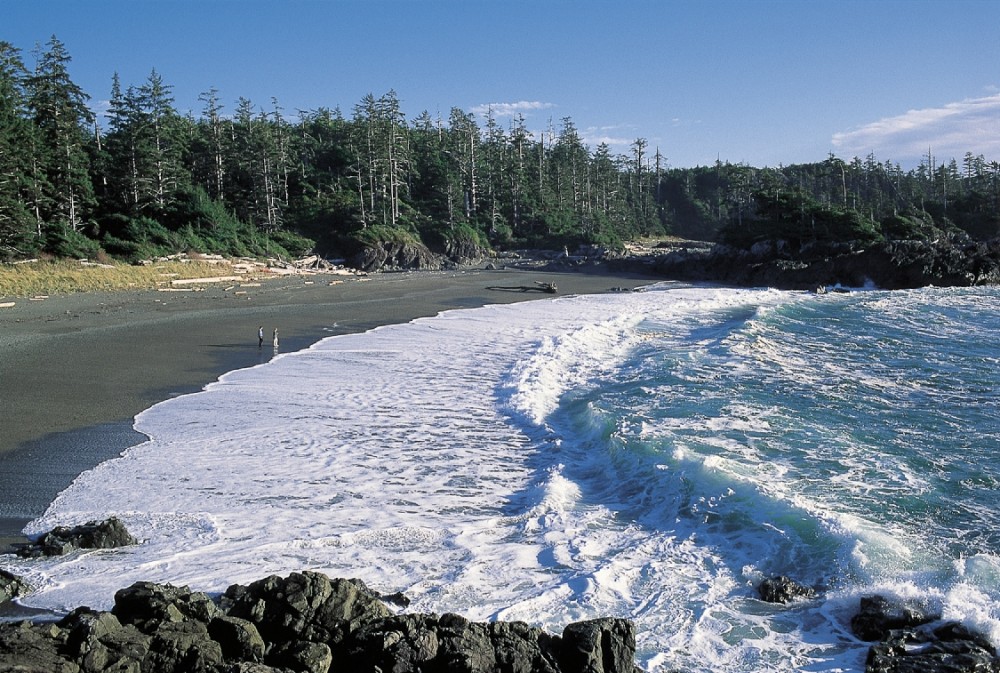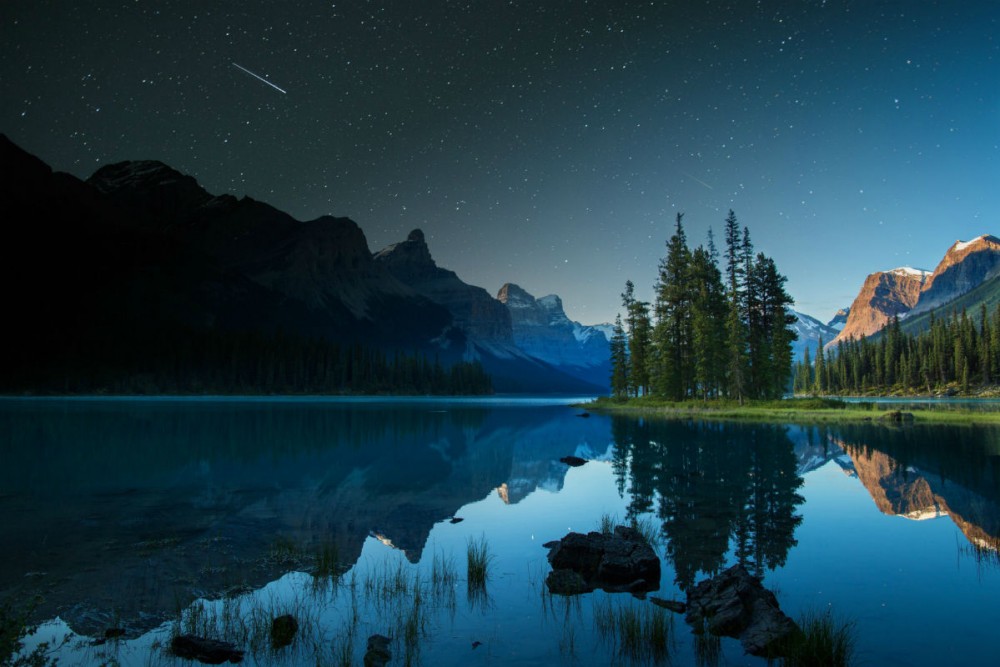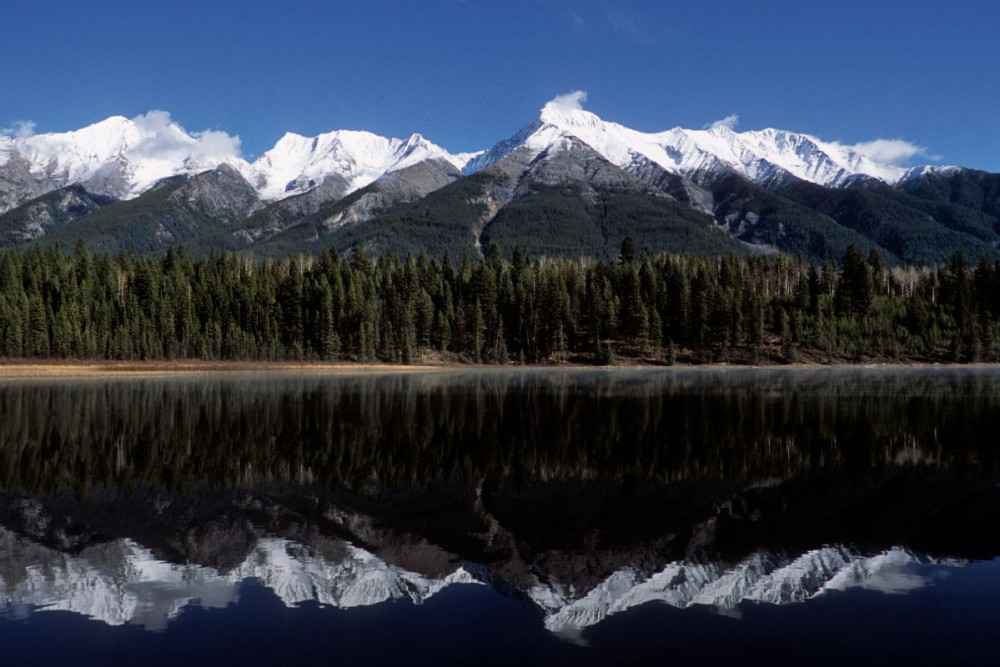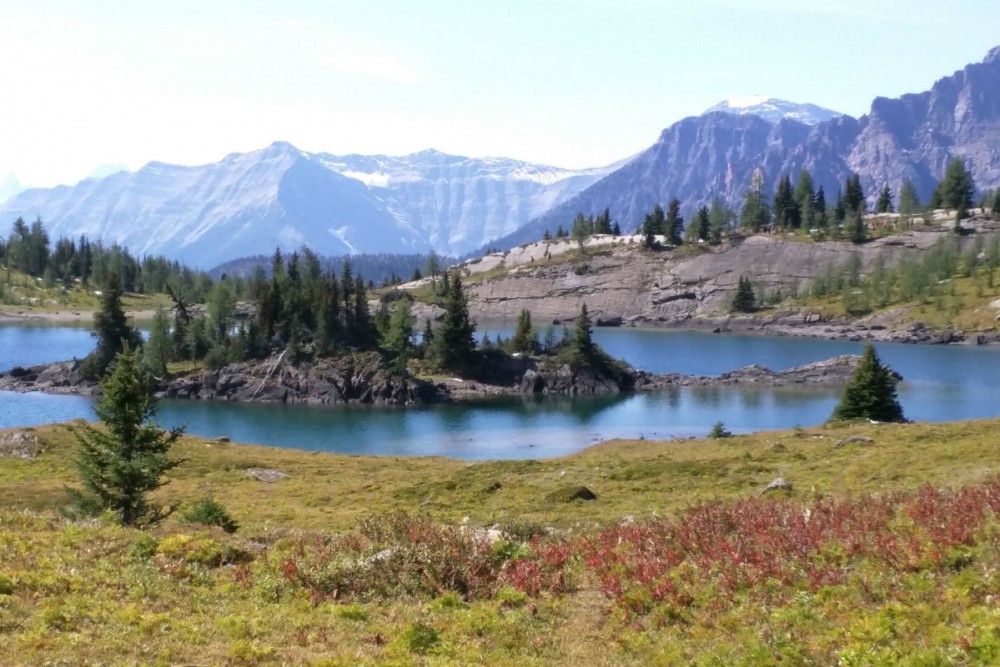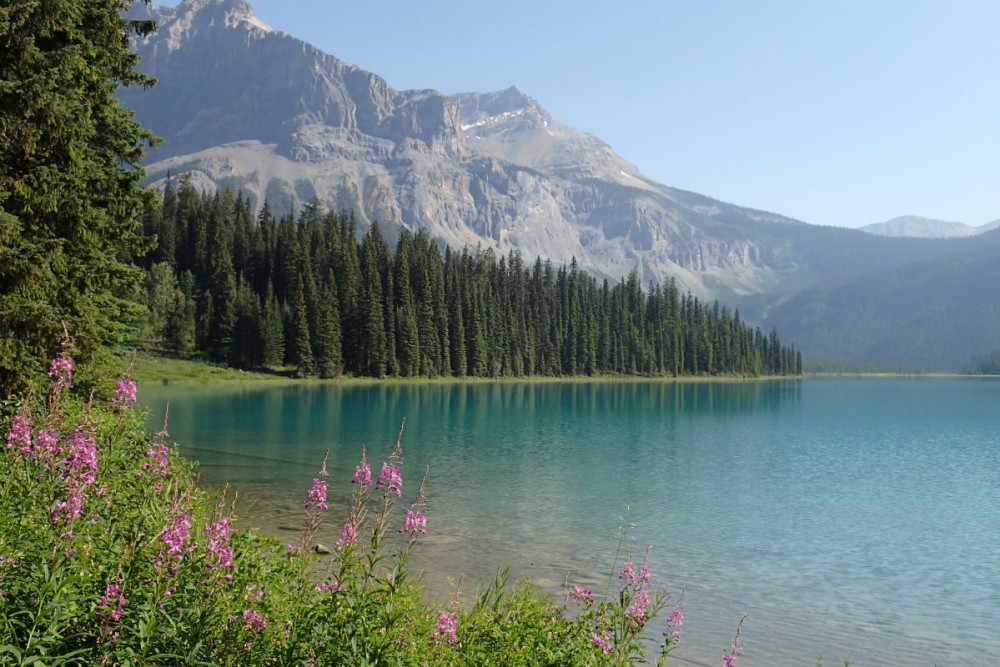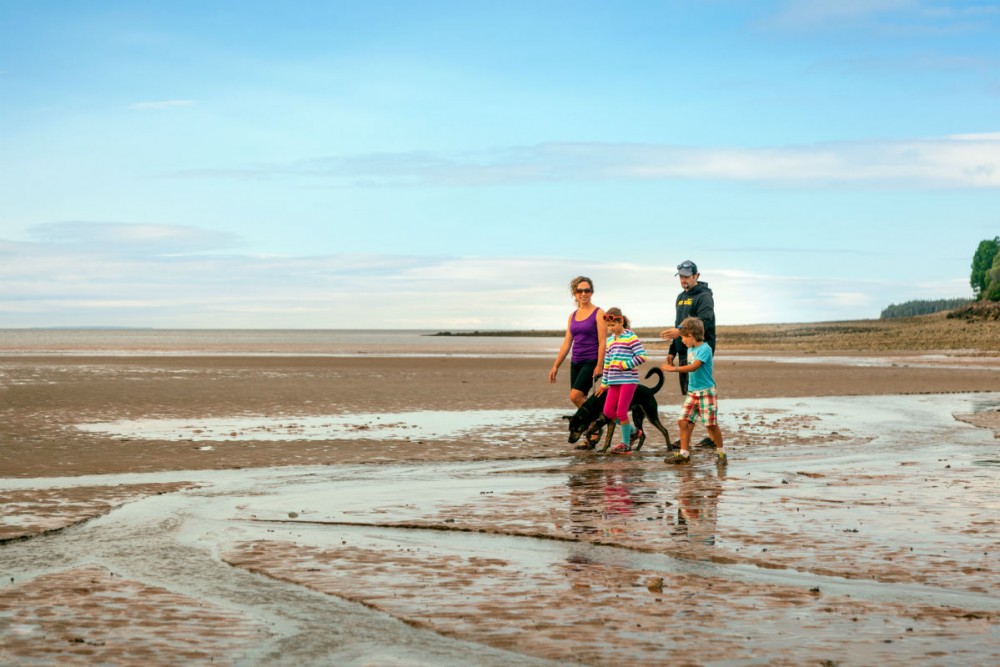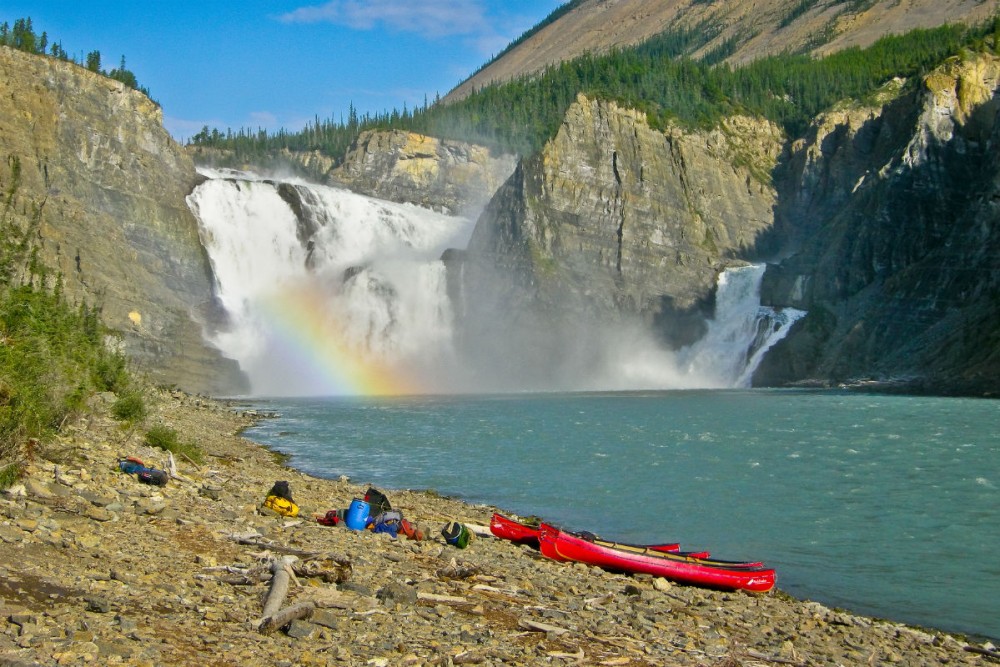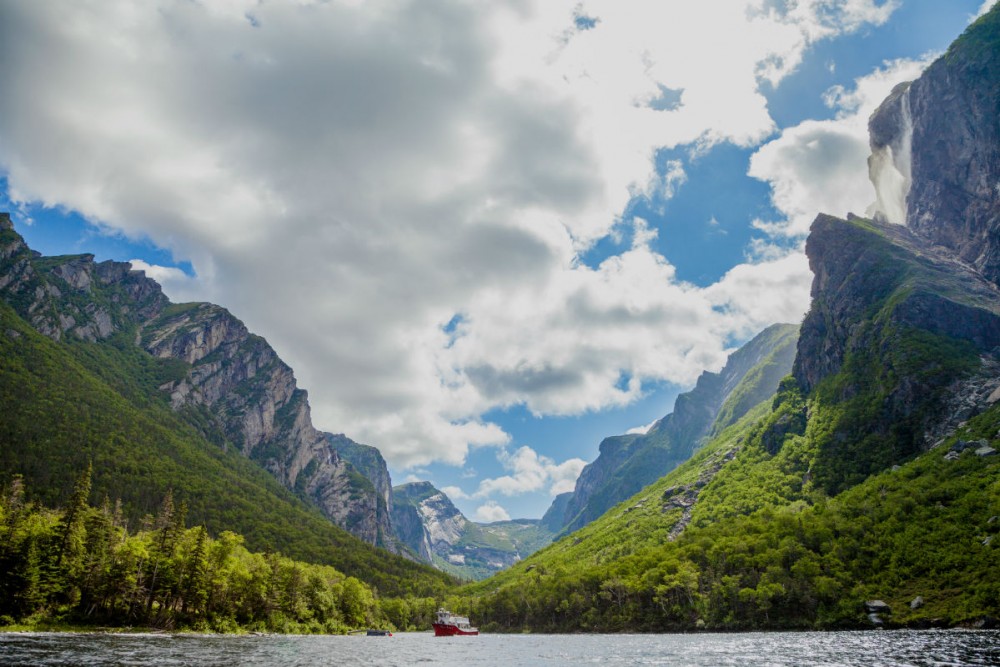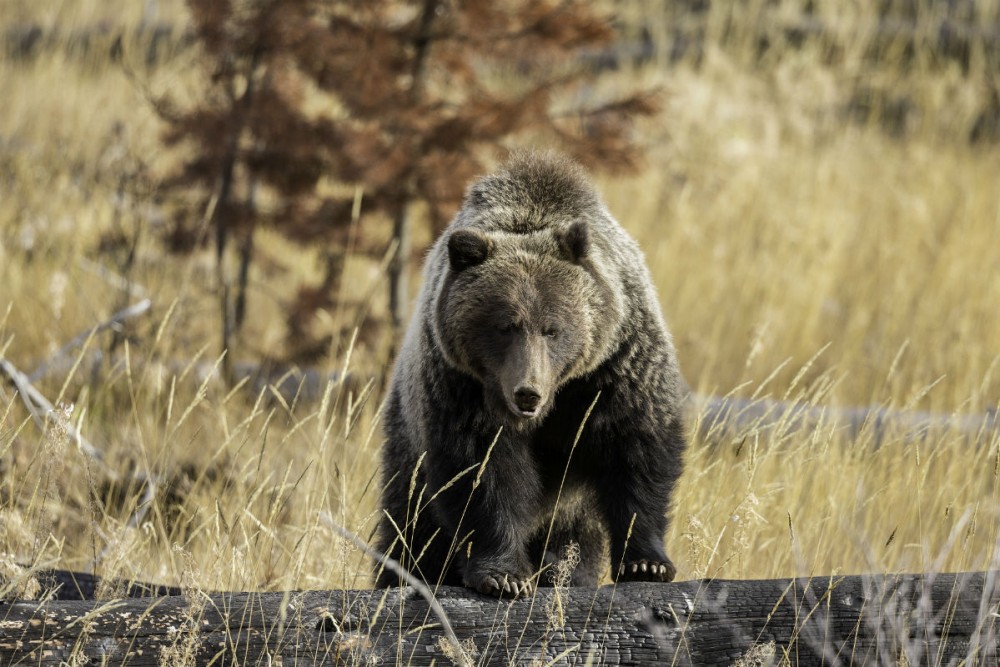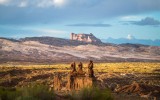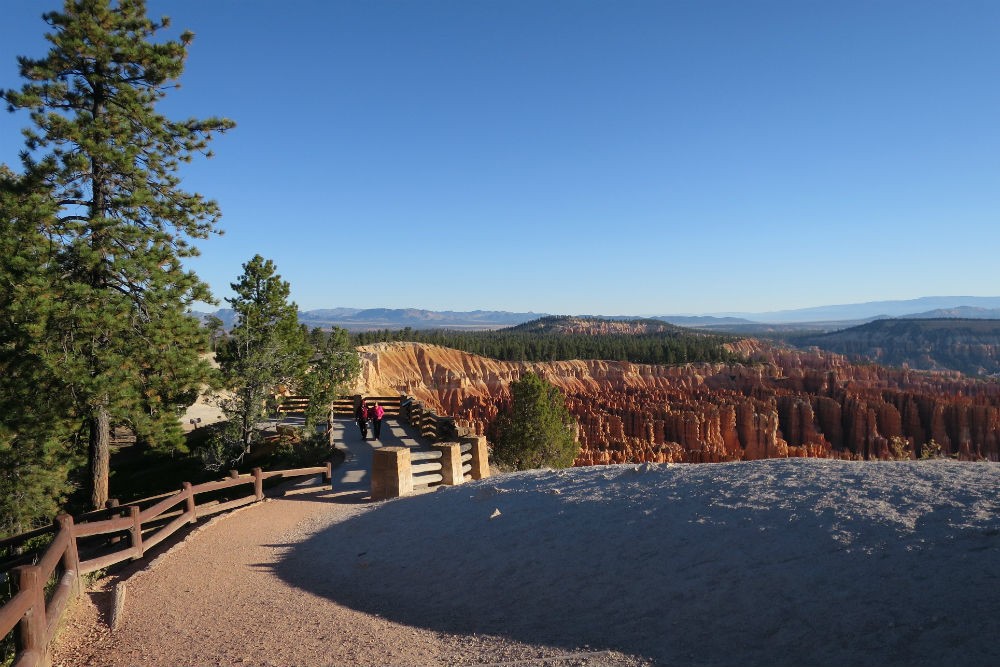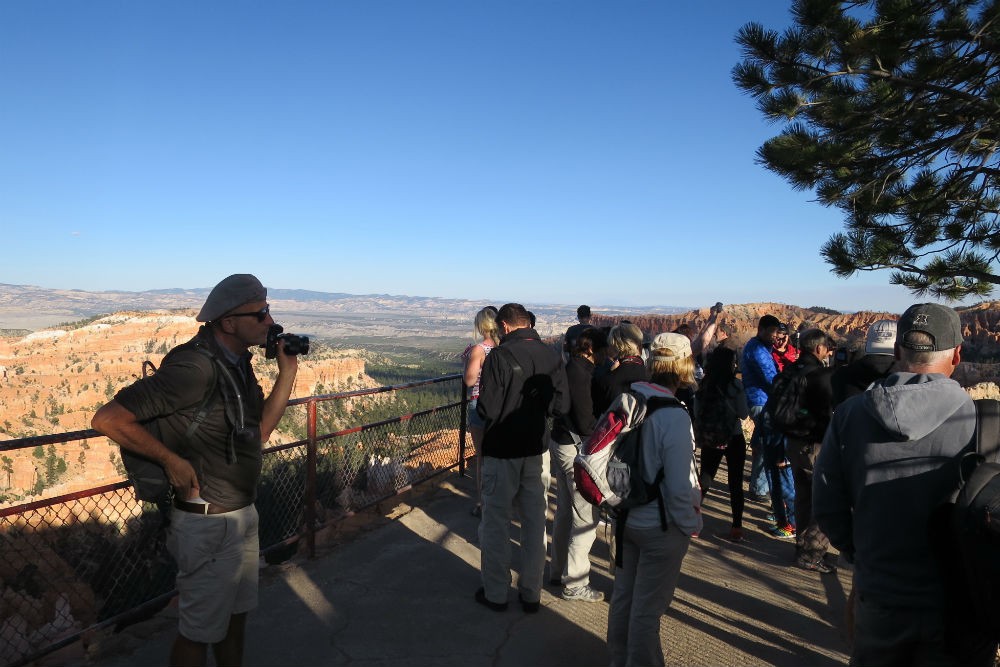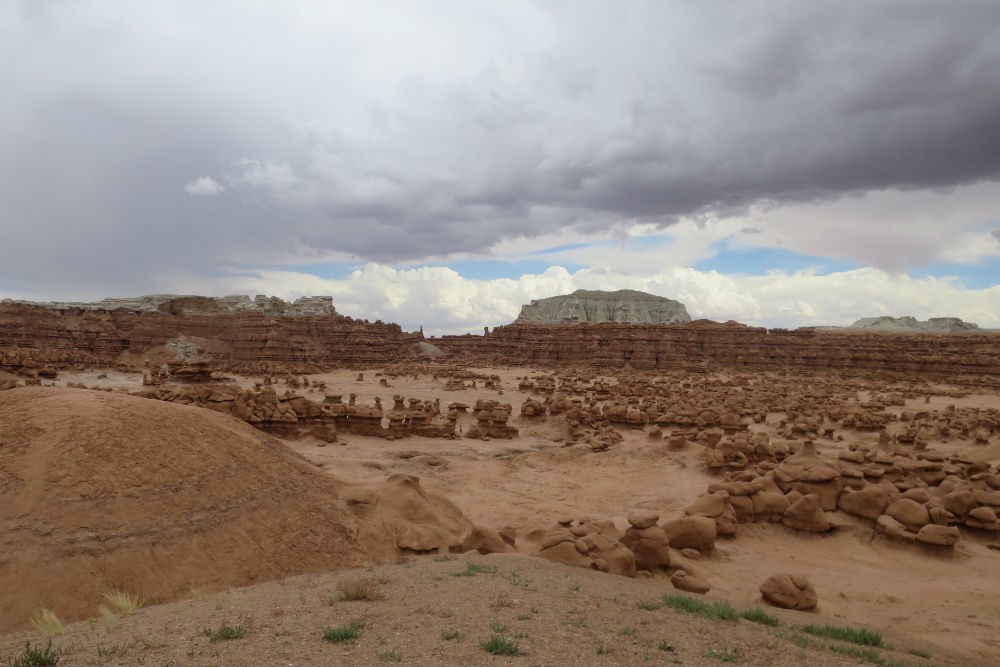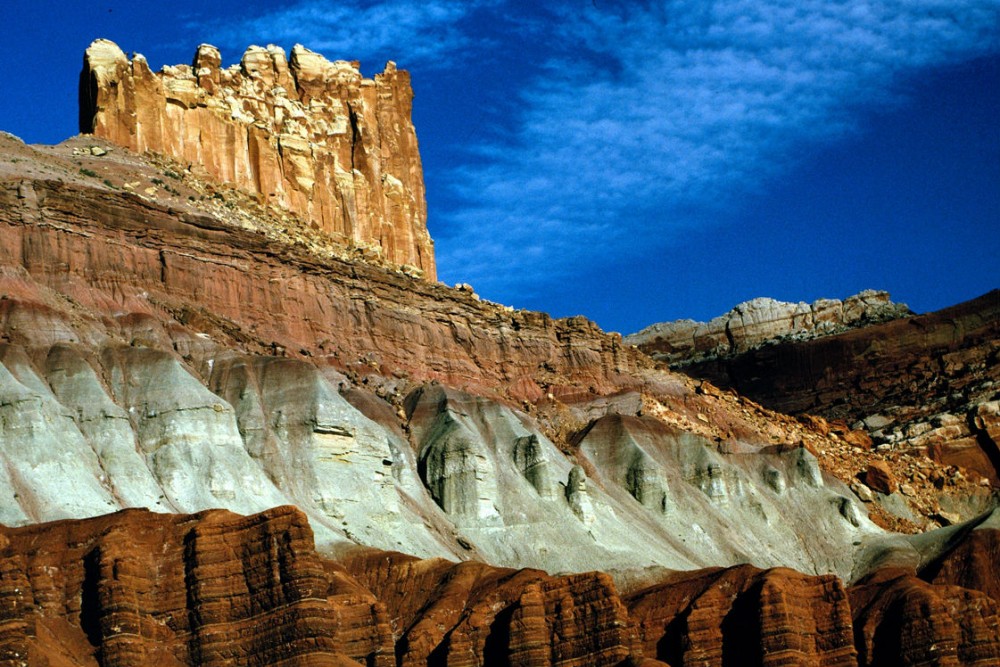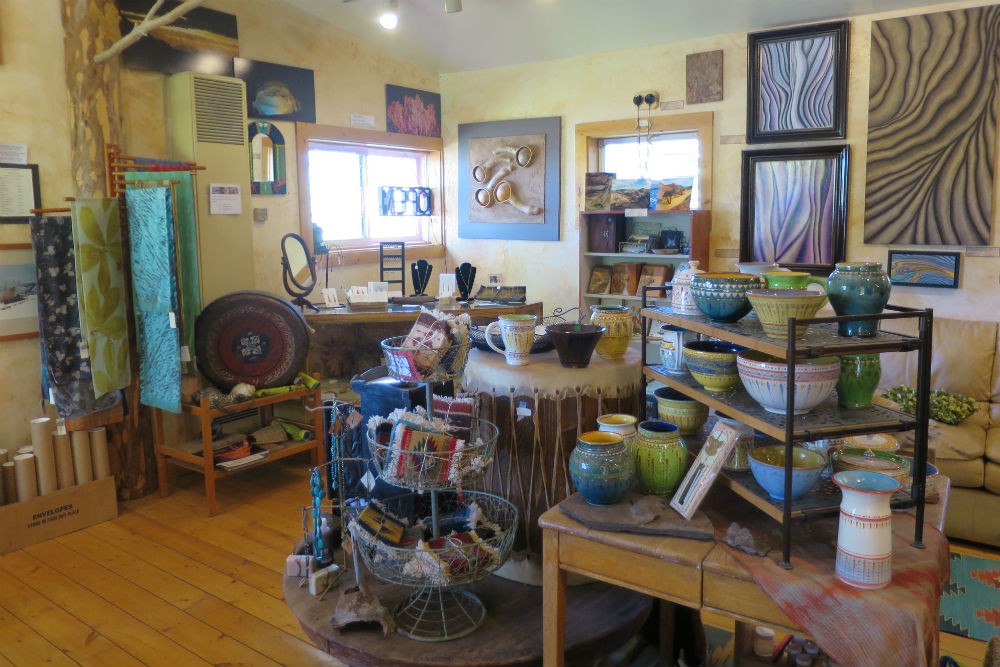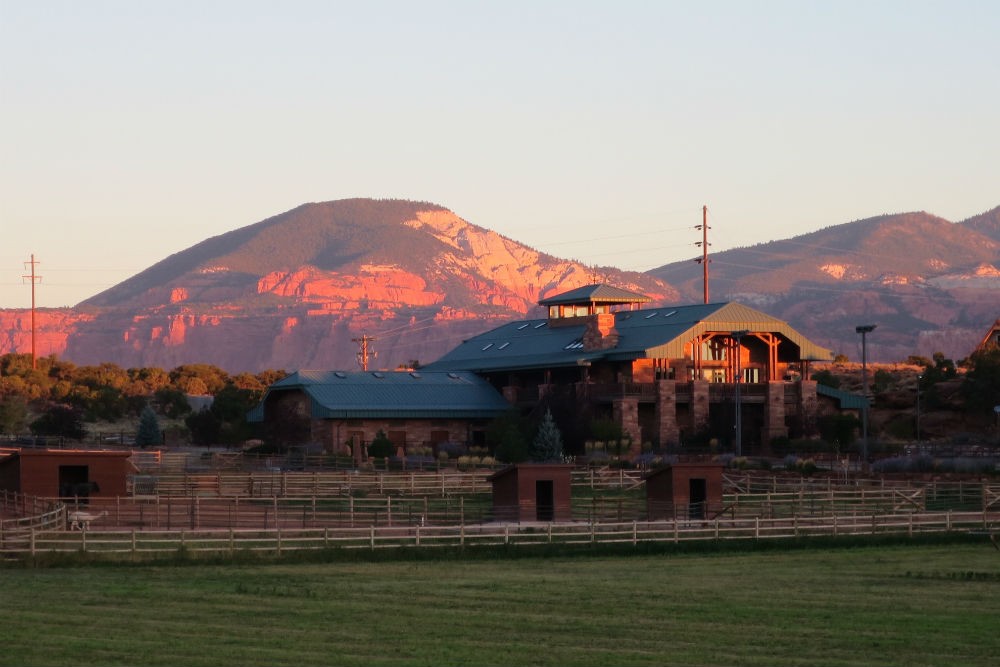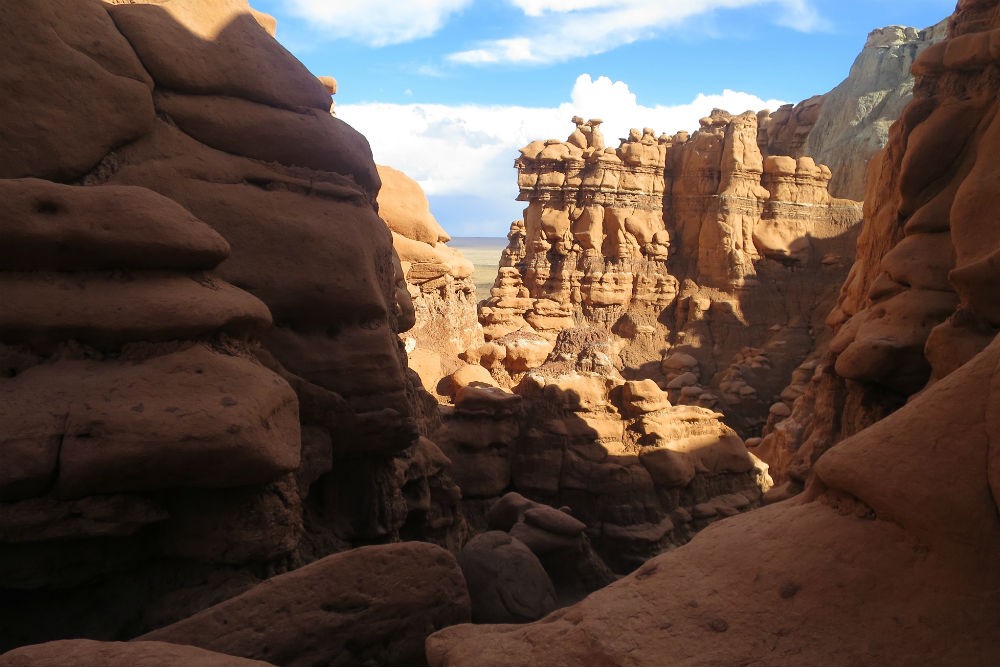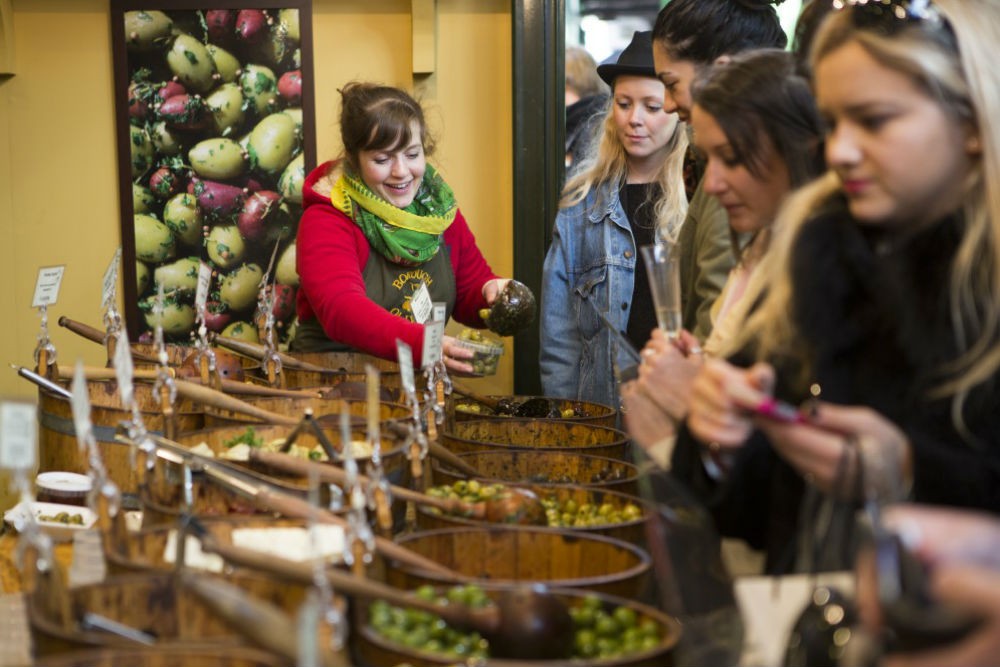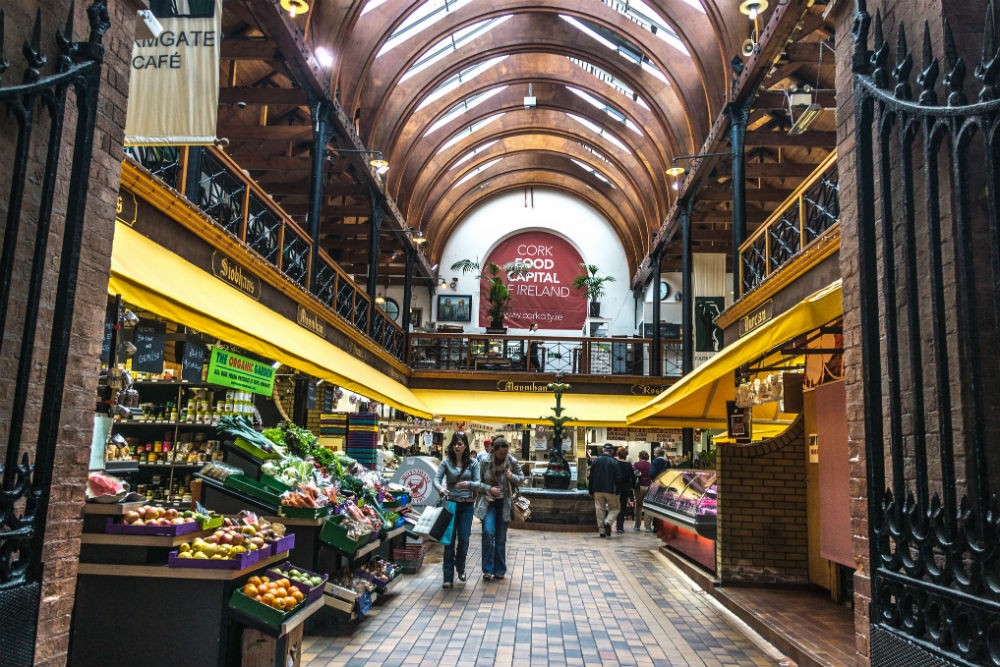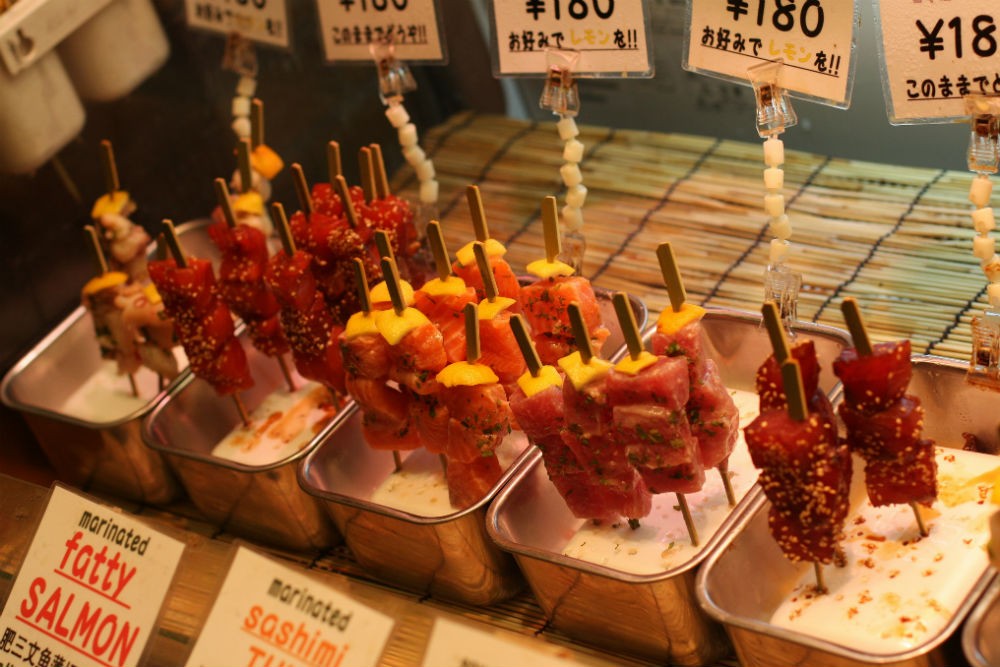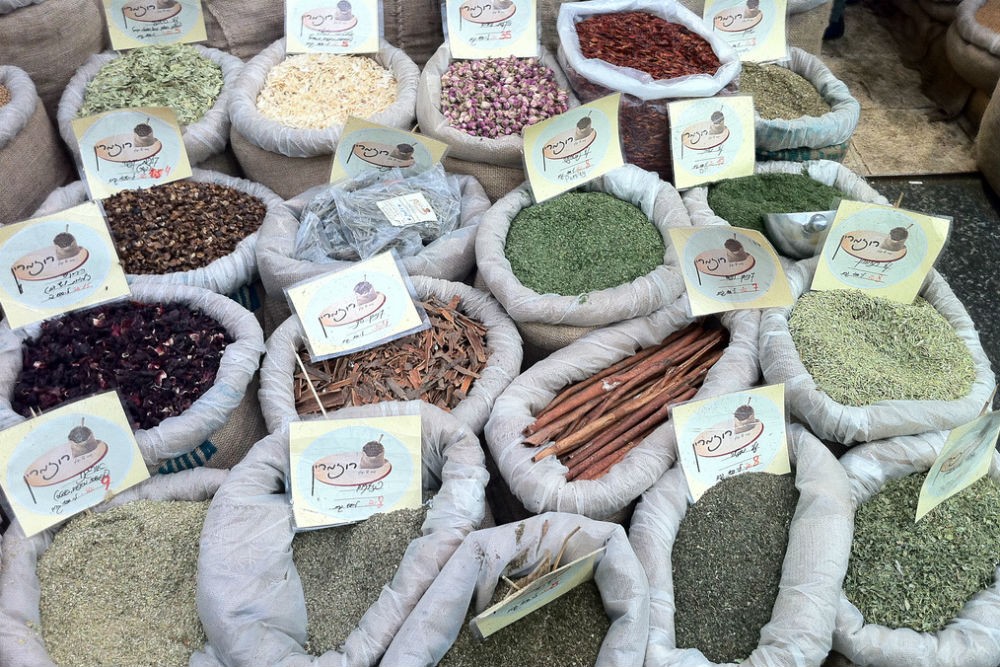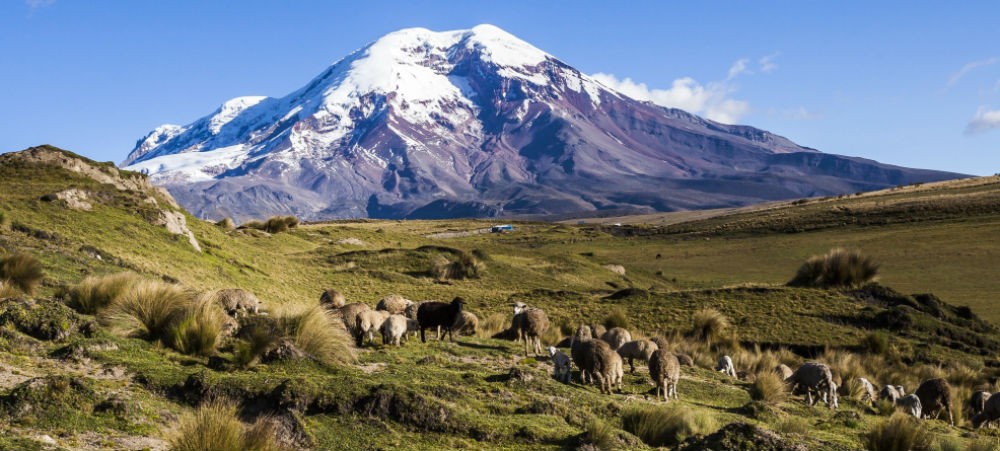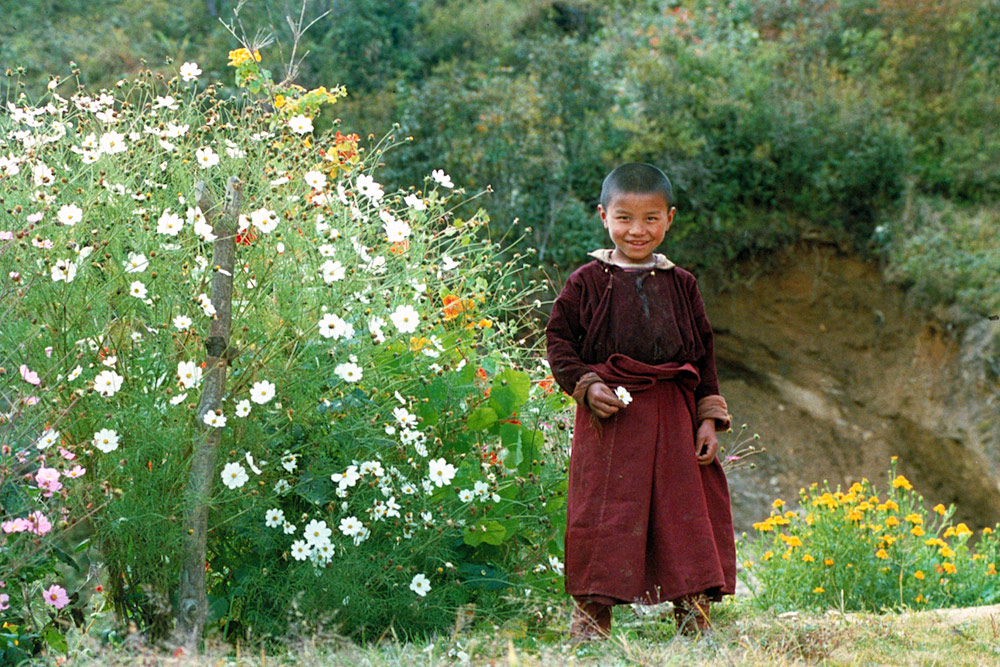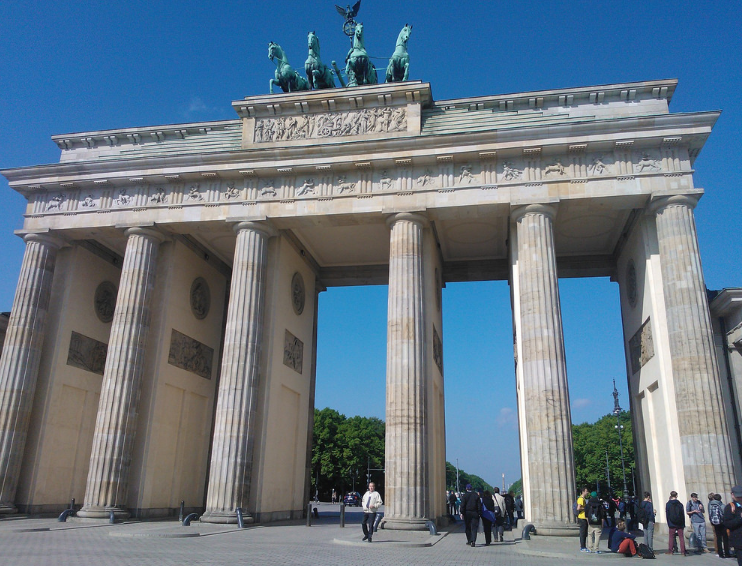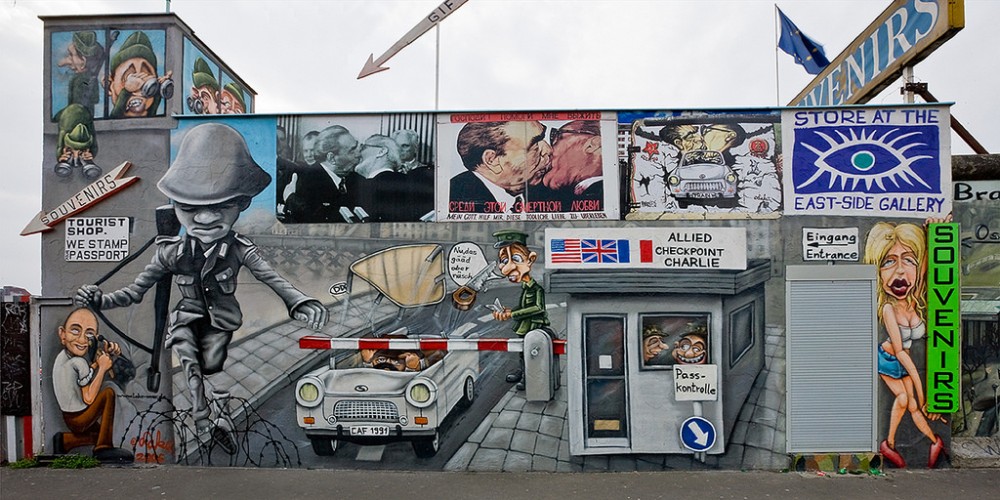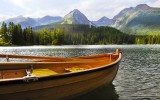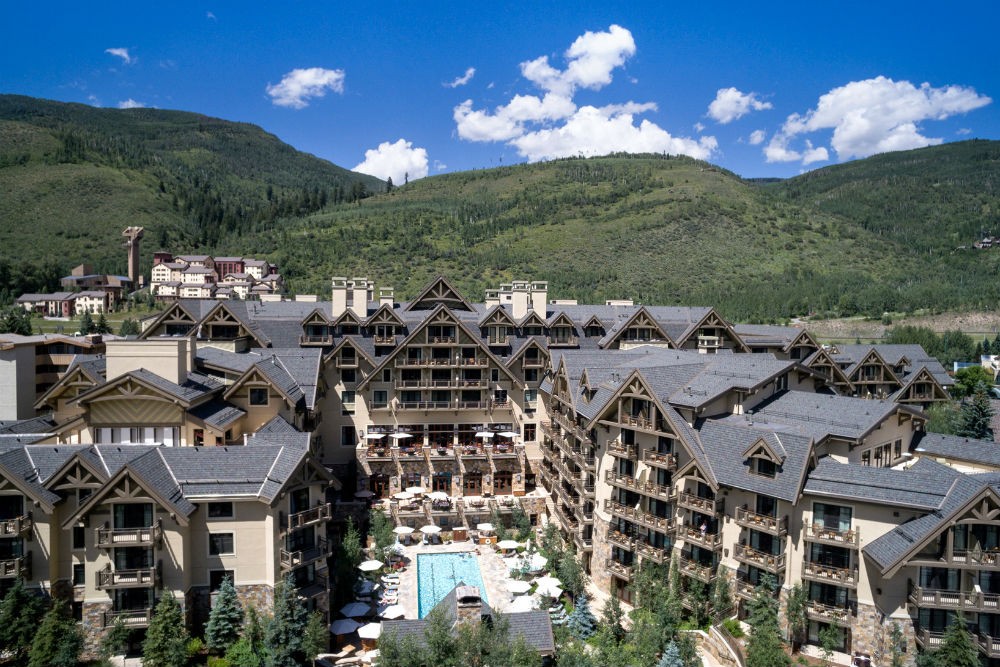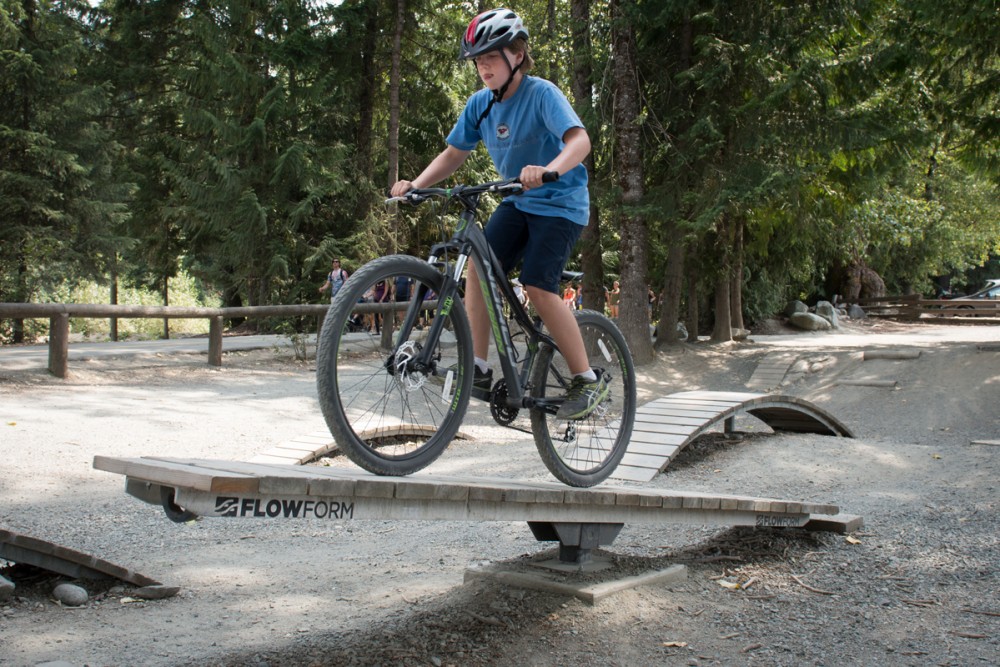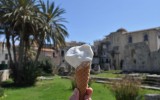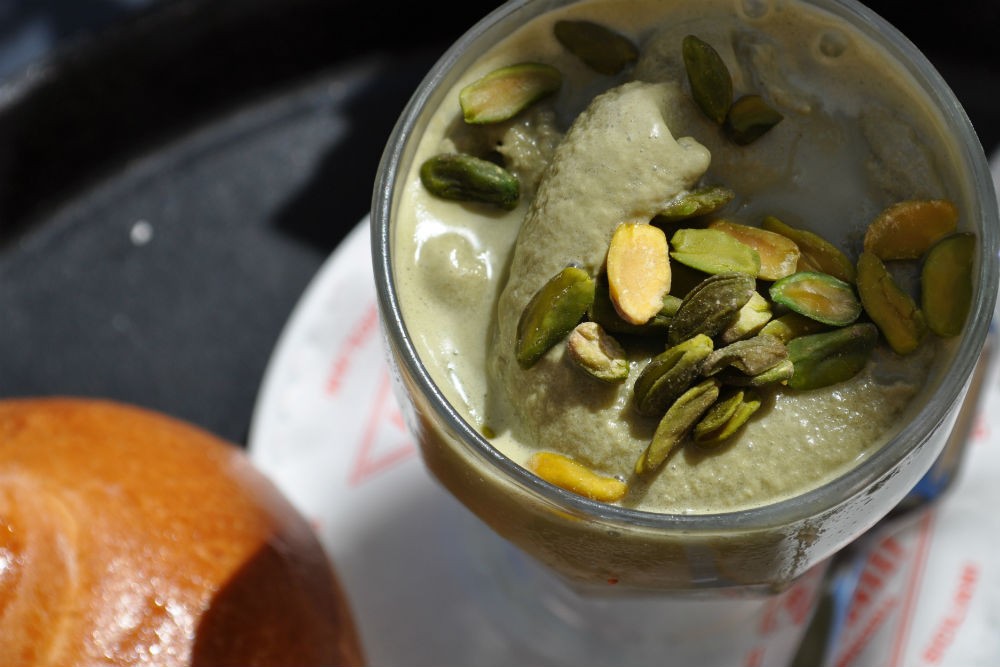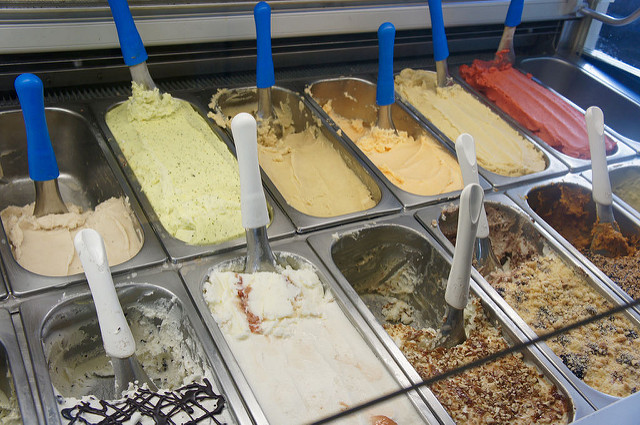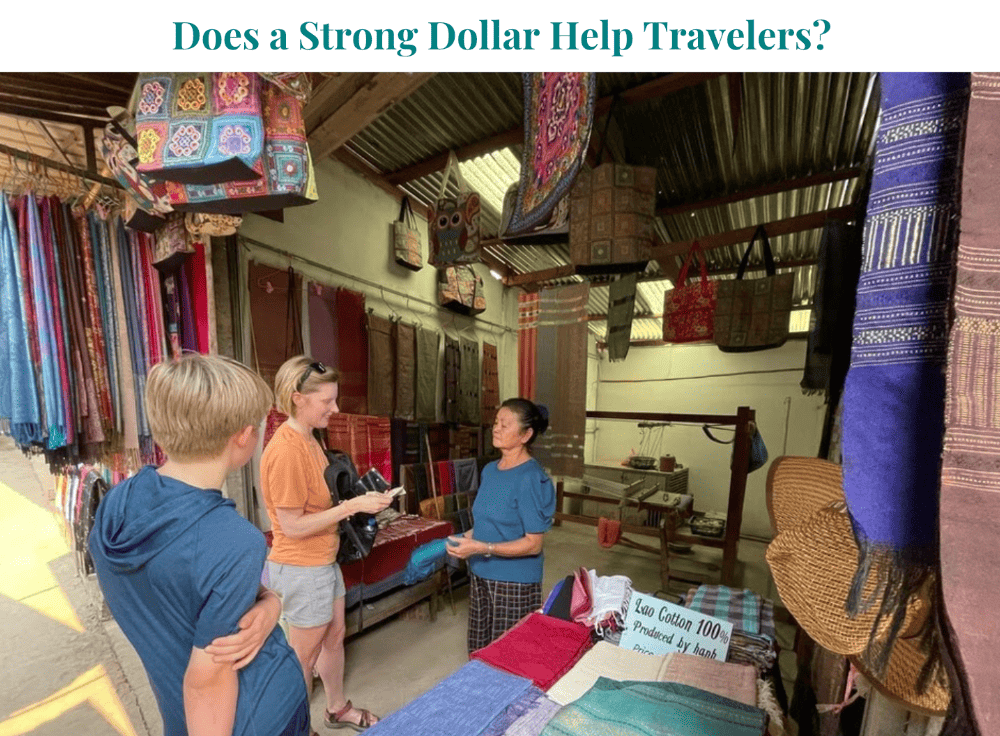Ah, Paris. City of Lights. City of Romance. City of … families? I’d been to Paris at least five times before I came to truly appreciate it. It wasn’t as a high-school exchange student, or on a girlfriends’ weekend getaway, or even after three weeks in France with my husband, that I finally succumbed to Paris’s charms. It was with my six-year-old son. The human-scale architecture, the playgrounds galore, the carb-heavy cuisine—this place is a kids’ wonderland, I discovered. Without him, I also wouldn’t have waited in line for the chocolat chaud at Angelina or seen the world’s oldest self-propelled vehicle at the Musée des Arts et Métiers. My son, my mother, and I spent an unseasonably chilly week in Paris this spring—I have the photos of falling snow to prove it—and when we weren’t busy scaling escalators at the Pompidou or strolling along the Seine, we enjoyed the comforts (and warmth) of our home base: a cozy apartment in the 7th arrondissement.
When you’re bringing kids to a city for more than a few days, it’s a no-brainer to rent an apartment, merging the conveniences of home with the perspective of a local. You get considerably more space than the typical footprint of an urban hotel room, you save money by making some of your meals in the kitchen, and a washing machine can cut down considerably on your packing (no need to bring spare clothes for the drips and stains that are an inevitability of parenthood). In short, you end up feeling like you’re actually living in the city, rather than just visiting.
But where and how to find the perfect apartment—one that truly enhances your experience of the city? My week in Paris taught me five important strategies:
1. Choose a neighborhood that’s frequented by locals but close to the most kid-friendly attractions.
As I strolled a few blocks each morning from our pied-a-terre in the 7th arrondissement to a scrumptious patisserie for our daily quota of croissants, I would smile at the crossing guard shepherding kids on their way to school. I also met the kind man from Mauritius who lived on the ground floor, looking after the building where I was staying and making jewelry in his spare time. I felt like a local—but I was a mere seven-minute walk from the Eiffel Tower, which made it easy to be among the first in line for the tickets that let you take the stairs to the second floor and the elevator to the top. (These tickets are my favorite option for families—they allow you to go when the weather is clear, and turn the ascent into an interactive experience as you look out on the city through the exoskeleton of the tower’s legs—but you can’t reserve them ahead.) We also had a center-stage view out our living-room window of the sparkling lights that illuminate the tower each night, and we were walking distance from an excellent farmers’ market where we bought fresh pasta and salad fixings for dinner.
The 6th and 7th arrondissements are ideal for those with kids, putting you close to the Eiffel Tower, Champs de Mars, and Luxembourg Gardens. (Don’t miss Luxembourg’s main pond, where the toy boats steered with bamboo poles are a wonderful throwback for this tech-addled generation.) Think twice before renting in the 1st arrondissement (tourist central), the 2nd (too far from the Seine), the 3rd (not enough green space or playgrounds), or the 4th (better for nightlife, not kids).
2. Pick a location within easy walking distance of a Métro station.
A big part of Paris’s charm with kids is making your way from park to park on foot, stopping for street musicians and Nutella crepes along the way, but you can’t walk all day. The city’s subway system is clean, easily navigated, cheap, and can take you just about anyplace you want to go. Fair warning, though: The unlimited Paris Visite passes that are marketed to travelers only make economic sense if you’re planning to take public transportation at least six times a day. Instead, buy a carnet—a pack of ten tickets sold at a discount—to be shared among the adults in your group, and a reduced-fare version for your kids. With these, one-way rides cost about $1.75 for adults, and 90 cents or so for kids. Another way to counteract all that walking is with a boat ride on the Seine; it lets kids rest their legs while the changing scenery keeps them captivated.
3. Factor local architecture and appliances into your decision.
For instance, some wrought-iron balconies are more easily climbed than others. Not all apartments have both a washing machine and dryer—and air-drying your clothes takes up time and space. And many buildings in Paris have very thin walls (we were asked to keep voices to a whisper in the hallways of ours), so if your kid is particularly rambunctious, you’d be wise to look for newer construction. Also, those white couches may look chic in the photos, but what if your child is inspired by the Louvre and takes crayons to the fabric? An experienced apartment rental specialist will know which properties are most intelligently outfitted for families.
4. Don’t arrive too late or leave too early.
Arrive early enough that you’ll have a few hours to get oriented in the daylight. That’s because apartments aren’t as intuitive as hotel rooms, since the latter are explicitly designed to be occupied by a new visitor every night. The Trusted Travel Expert who arranged our stay (Ask Wendy for a recommendation) always has a staffer on hand to greet travelers at their apartment and show them how the air-conditioning works, where the bowls are stored in the kitchen, and how to convert the living room into sleeping quarters (many of her apartments have comfortable sofa beds, which let families economize on one fewer bedrooms).
At the end of your stay, you’ll need to tidy up the apartment, take out the trash, and likely coordinate getting all your luggage down to the ground floor in a small elevator that fits no more than one person with one suitcase at a time. So don’t set yourself up for a stressful departure by booking the first flight of the day.
5. When comparing prices, compare apples with apples.
Sure, you can find plenty of places to rent on Airbnb—so many, in fact, that the options can be truly dizzying. Our Trusted Travel Expert has a handpicked portfolio of apartments that she and her team have personally inspected, with prices that are nearly equivalent to those on Airbnb, once you factor in Airbnb’s service and cleaning fees. And the additional service she provides translates to additional value.
If you go: Ask Wendy to put you in touch with the right France travel specialist for your particular trip goals and needs.
Disclosure: To report this story, our writer stayed in an apartment on a complimentary basis. In keeping with WendyPerrin.com standard practice, coverage was not guaranteed and remains at our editorial discretion.


